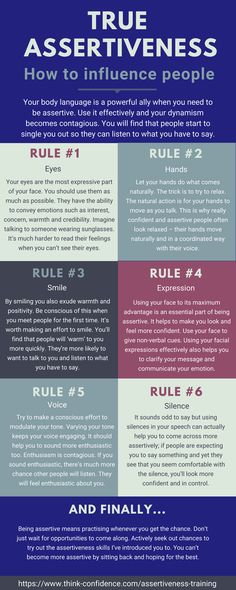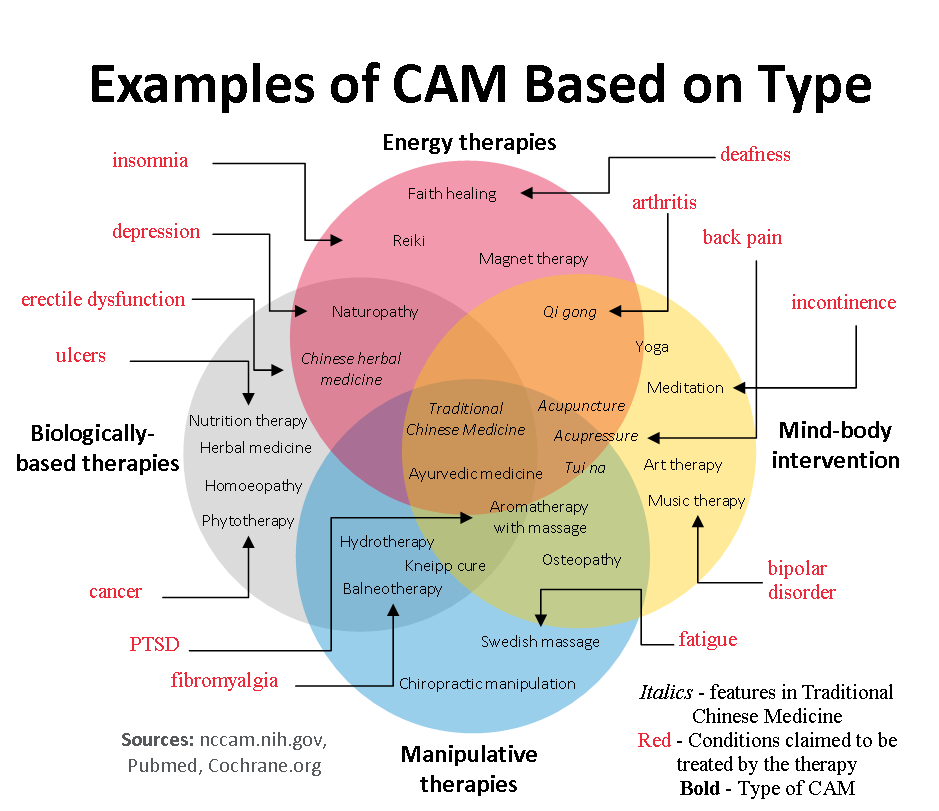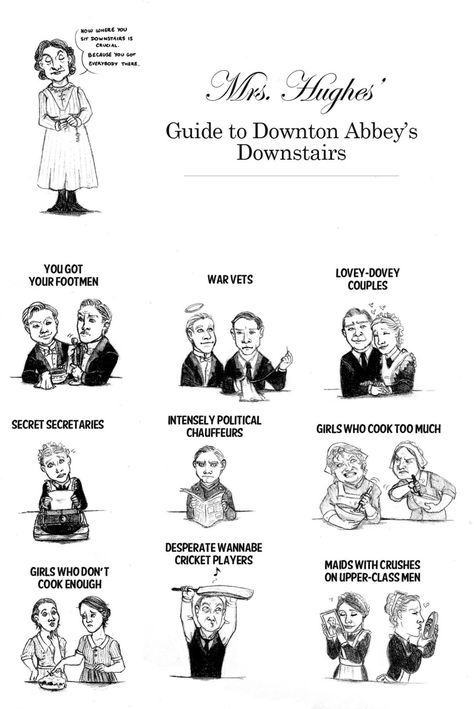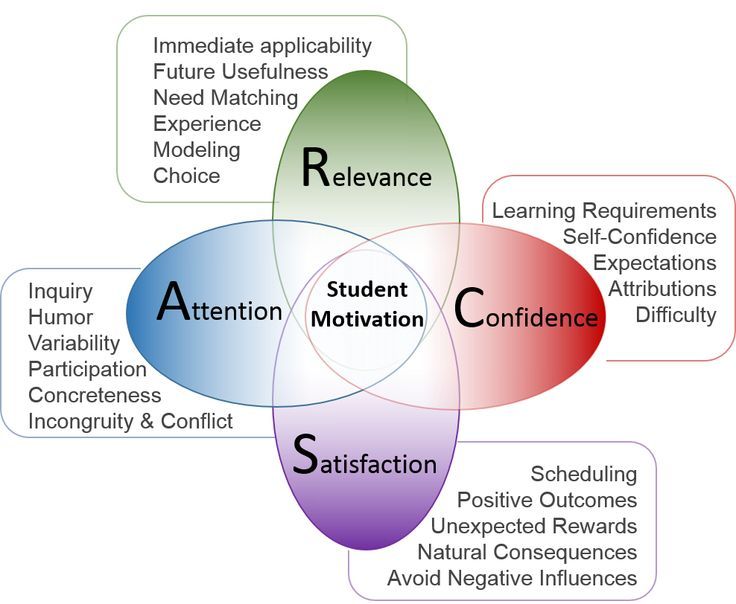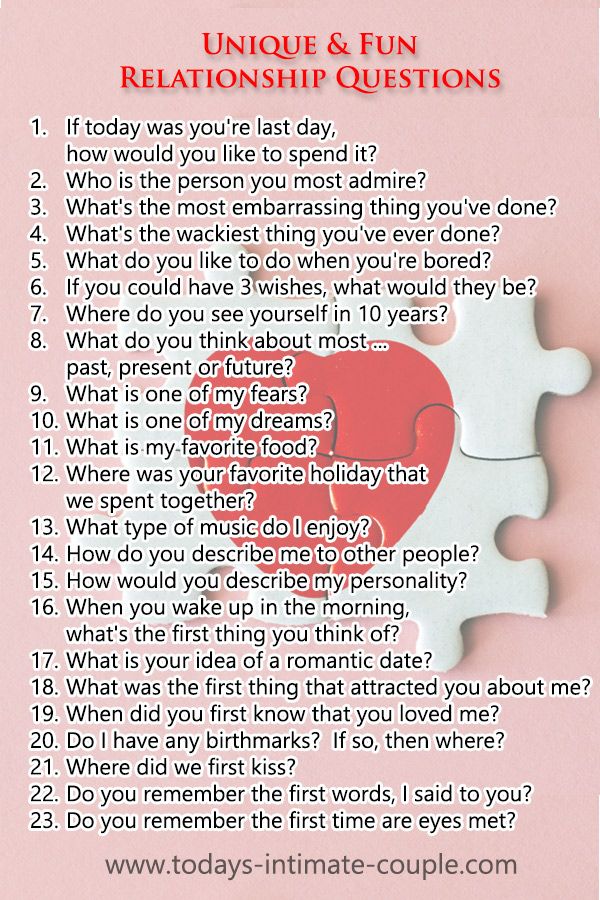Selling to different personality types
The 4 Personality Types of Buyers & How to Sell to Them
I’d only been driving my dad’s car for two weeks before it exploded into flames on the highway.
This is not an exaggeration.
After the auto shop confirmed there was no way I could drive the car again without paying for more repairs than it was worth, I went car-shopping.
I was prepared to spend a good chunk of change for an extremely reliable vehicle (you can understand my trepidation). And I wasn’t going to be too picky — I needed a new car ASAP. Those two factors meant I was an extremely good prospect.
Unfortunately for him, the first salesperson I talked to used the wrong approach. He didn’t ask, "Why are you getting a new car?" or even specific questions like "Do you care about fuel efficiency over style?"
Instead, he tried to steamroll me into buying a "cute" car. He didn’t give any facts or figures about its reliability or tell me about its safety features. He just said things like, "I think you’ll love driving around in this car. "
His pitch would’ve worked on a different personality type, but not mine. So he lost out on a multi-thousand dollar commission.
If you want to consistently win deals, you can’t sell how you’d like to be sold to. You have to adapt your strategy to the buyer’s personality type. Let’s dive into the four main types of personalities and what you need to know about each.
1. Assertive
Assertive personality types are goal-oriented, decisive, and competitive. They care more about results than personal relationships. They might not send you a holiday card, but if you deliver on your commitments, you'll maintain a healthy business relationship. Assertives care deeply about the bottom line.
People with assertive personality types are also relatively impatient and controlling. They want information — fast — so they can make a decision and move on.
Assertive personality traits:Assertives usually speak in declarative sentences and ask few questions, so if you notice your prospect says things like, "I'm looking for a new sedan," rather than, "Can you show me your sedans?", you're probably dealing with an Assertive personality type.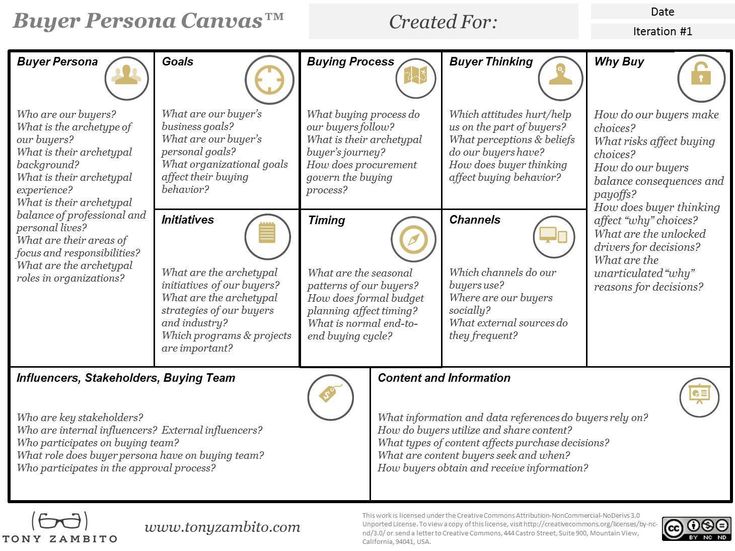
Their volume is also a little louder than average, and they use animated, confident body language.
How to sell to them:
- Professionalism is always important, but especially so when it comes to Assertives. Always make sure you’re prepared for a meeting with an assertive personality type. If you don’t know the answer to a question, let them know you’ll follow up instead of trying to give a halfway correct answer.
- Assertives appreciate efficiency. Don’t waste their time repeating facts or building up to your point — cut to the chase.
- Emphasize how your product will solve their business’ problems. Cutting-edge features won’t impress Assertives unless you can demonstrate why they will be useful to their organization.
- Take advantage of their competitive streak and show them how your product will help their company compete with others in their industry.
- Steer clear of personal opinions and testimonials.
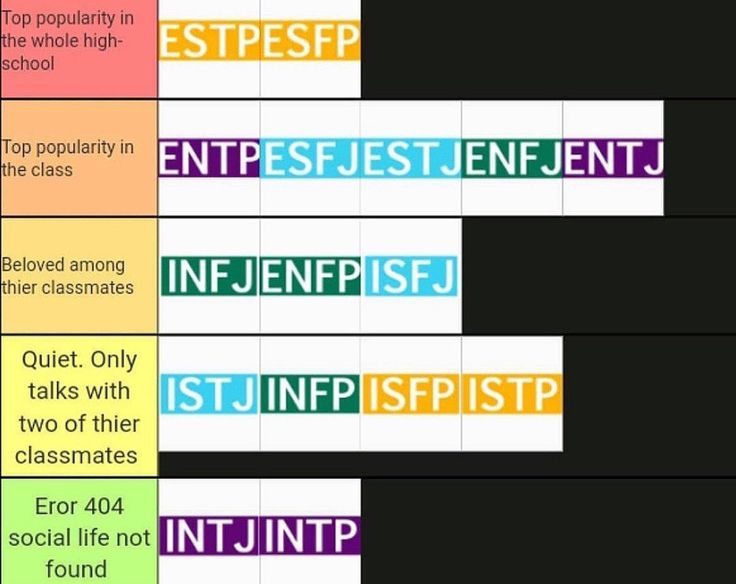 If you're citing a successful customer, talk about the ROI they saw rather than how much they loved the product.
If you're citing a successful customer, talk about the ROI they saw rather than how much they loved the product. - Since Assertives aren't great listeners, keep your statements short and to the point.
2. Amiable
People with amiable personality types value personal relationships and want to trust their business partners. They like the excitement of new challenges. Amiables will enthusiastically dive into finding creative or unexpected solutions — but on the flip side, they probably won't do a ton of research before meeting with you. That means you can guide them through the purchasing process.
Unlike Assertives, Amiables don't make decisions quickly. They want to establish rapport with the people they do business with and will likely seek out the help or approval of multiple team members. Expect a longer sales process than usual.
Amiable personality traits:Amiables are great listeners and might ask more personal questions in an attempt to get to know you outside of your professional role.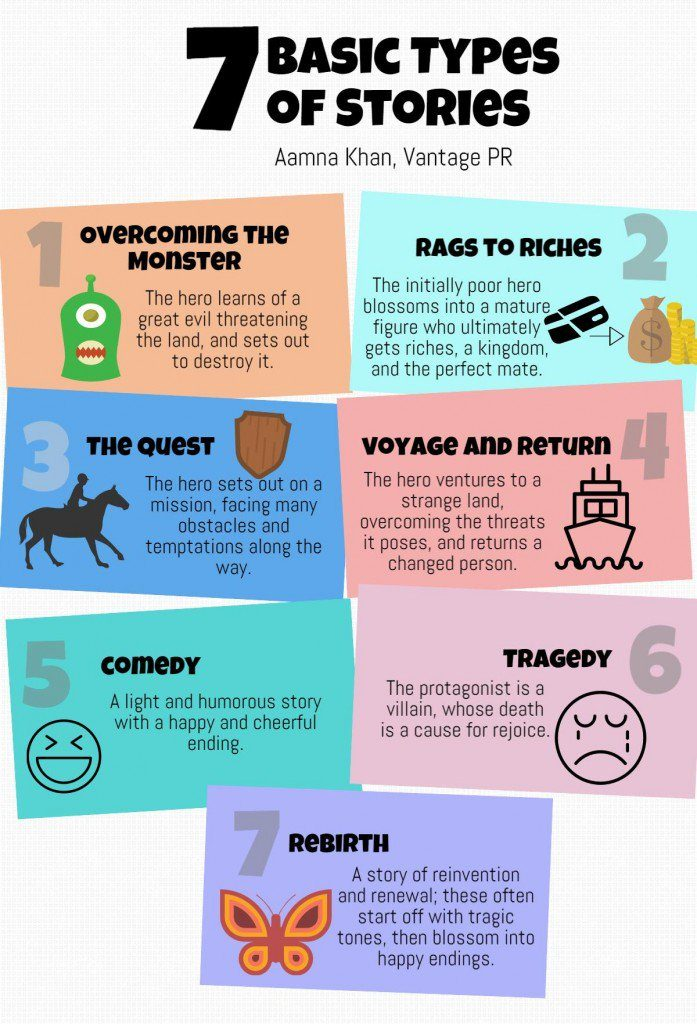 They will be friendly, calm, and patient during meetings. Conversations with Amiables are generally laid-back and informal.
They will be friendly, calm, and patient during meetings. Conversations with Amiables are generally laid-back and informal.
How to sell to them:
- Pitch a vision. Help them visualize the outcomes their business could achieve with the help of your product or service.
- Take time to build rapport. Amiables will need to feel safe in their relationship with your company before they’ll be comfortable doing business with you.
- Bring up examples of similar clients who have successfully used your product. Flesh out the story — why did client X come to you? What tipped them toward your product? Which features were most important? Details like these are convincing for Amiables.
- Take the role of an expert and walk them through the decision making process. Instead of overwhelming an amiable with information, help them through the process and act as an advisor.
- Give them personal guarantees. Since Amiables are risk-averse, promising them your company will refund their purchase if they're not satisfied or they can cancel at any time will calm their anxieties and make them likelier to buy.
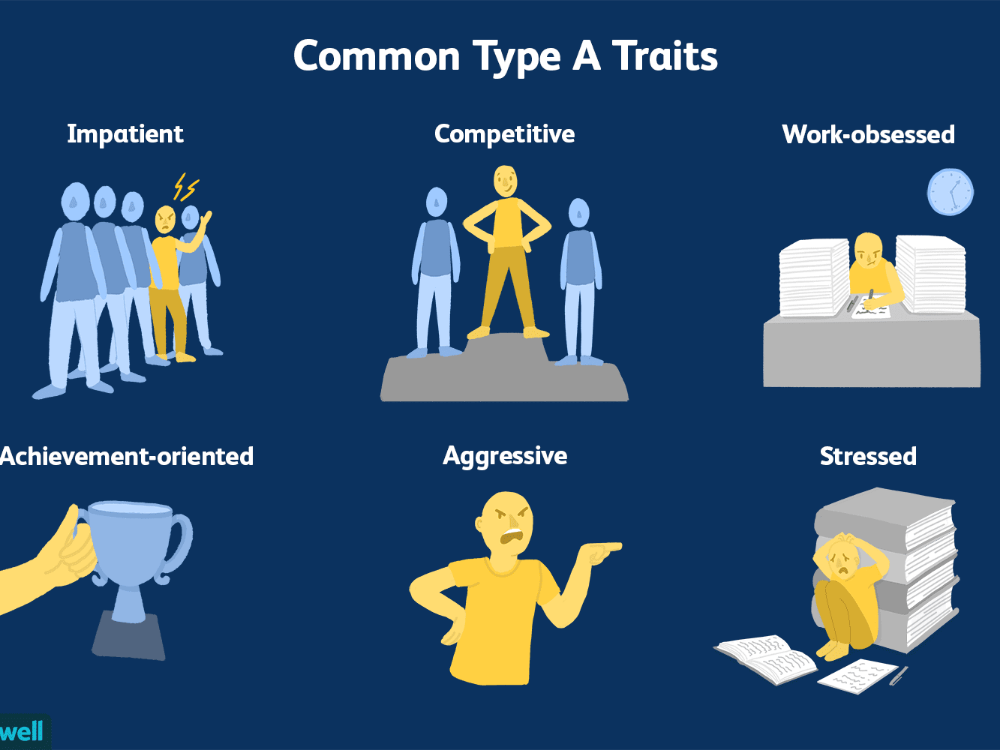
3. Expressive
Expressives are also sometimes called "humanists" for a good reason — like Amiables, personal relationships are very important to this personality type.
Expressives tend to make decisions factoring in their emotions, and are often concerned with others’ well-being. Whether it’s their employees or their customers, the expressive personality type will want to know how decisions they make affect the people around them. They tend to be people-pleasers, but don’t be fooled — expressives often have powerful personalities and use them to convince others of their strongly held convictions.
Expressives are creative, outgoing, spontaneous, and rely on their intuition. They value mutual respect, loyalty, and friendship. Don’t make offhand commitments to Expressives — reneging on an offer could spell the end of your relationship.
Expressive personality traits:
Expressives tend to be very enthusiastic and colorful. Like Amiables, they’ll want to bond with you and feel connected on a personal level, but like Assertives, Expressives are sure of their beliefs and speak more in statements rather than questions.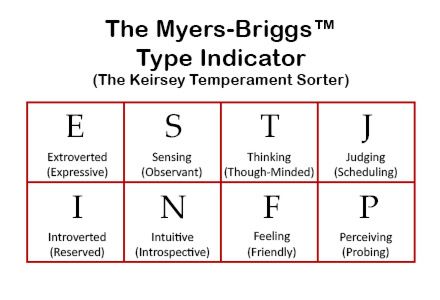
How to sell to them:
- Present case studies. Expressives want to be reassured that you’re looking out for them, and what better way to prove your track record than to show stories of how your business made an impact on other people’s lives?
- Emphasize an ongoing relationship. If your company offers exceptional customer service or maintains long-term partnerships with its clients, now is the time to shout it from the rooftops.
- Don’t focus too much on facts and figures. Data is important, but an expressive will ultimately want to know how their buying decision affects their business on a human level.
- Summarize along the way. You want to continually get their buy-in, so ask questions like, "So, we agree that you can use Templates to automate the prospecting process?"
4. Analytic
Those with an analytical personality type love data, facts, and figures. As no-nonsense people, they’ll look past a flowery pitch and get straight to the facts.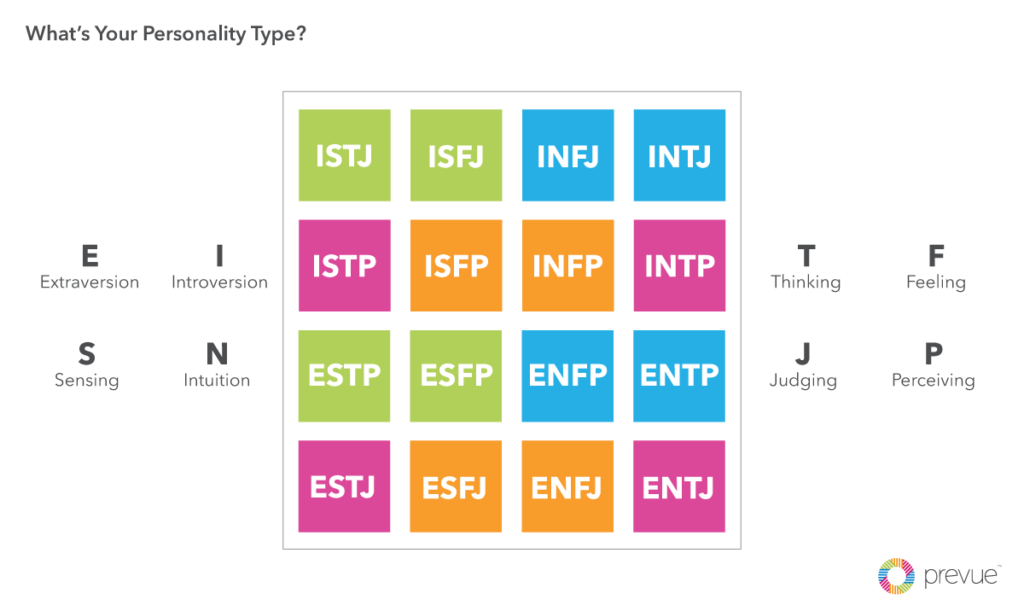 Be prepared to field a lot of detailed questions, and don’t be surprised if it seems like an analytical prospect already knows you — they will research you and your business before meeting.
Be prepared to field a lot of detailed questions, and don’t be surprised if it seems like an analytical prospect already knows you — they will research you and your business before meeting.
Analytics stick to their deadlines, but they do not make decisions quickly. They care about thoroughly vetting and understanding the options available to them, and won't jump the gun on a decision. They are more logical and cautious than any other personality type — but once they make a decision, they won't reverse it
Analytic personality traits:
Analytics are less expressive than other personality types. They are concerned with facts rather than emotion, and likely won’t spend time getting to know you on a personal level. In conversation, Analytics are serious, direct, and formal. They might not use expressive gesturing in meetings, but you can be sure they are listening intently.
How to sell to them:
- Never rush an Analytic.
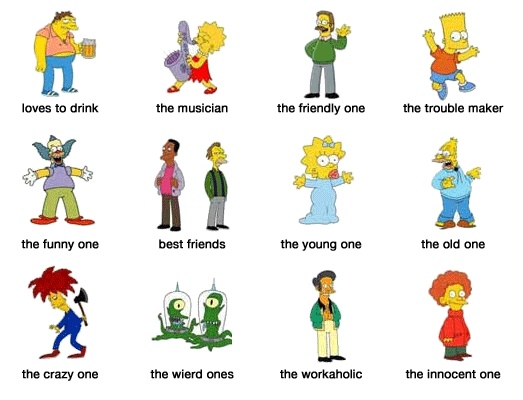 Be prepared for a longer selling process, as Analytics will take as much time as they need to gather all the facts they feel are necessary to make a decision.
Be prepared for a longer selling process, as Analytics will take as much time as they need to gather all the facts they feel are necessary to make a decision. - Assume they are prepared and have done their research. This doesn’t mean you should skip over introductory information, but you can expect to spend less time talking basic features, and more discussing custom, personalized solutions for their business.
- Avoid making high-level claims. Always provide data when you make an assertion, or risk losing credibility. Overhyping your product might make Analytics suspicious that you’re using flowery language to mask flaws.
- Provide as much detailed information as possible. Instead of saying "Our product drives growth for many companies," say, "Our product increased sales in 13 Fortune 500 companies by 25% or more year-over-year." You can offer more information than they ask for without risking them becoming overwhelmed — in fact, they’ll probably welcome it.
- Don’t try to force a relationship that’s not there.
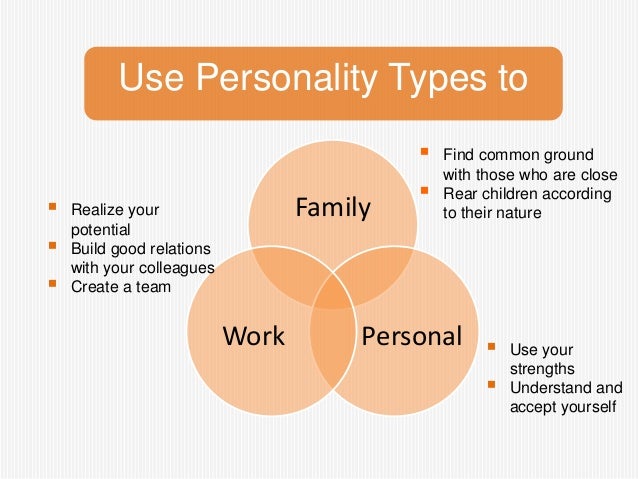 Analytics might become annoyed by those they feel are overly flattering or obsequious.
Analytics might become annoyed by those they feel are overly flattering or obsequious.
Keep in mind that most prospects will be a mix of these personality types and won't fit neatly into one of the four categories above. However, once you’re familiar with these core personalities, you should be able to tailor your selling strategy to fit any situation you come across.
More of a graphics person? Check out the infographic below, made by Visme for HubSpot, for a visual take on the four different personality types and how to sell to each one.
Need more practice selling to different types of buyers? Enroll in HubSpot's Inbound Sales Course to learn how to deliver a personalized experience to your buyers regardless of their personality type.
Sell to Different Personality Types
You’ve done your research, you’ve scoured ESP and compared products, and now you’re sure you have the perfect product in mind for a sales prospect. But if you don’t nurture and sell to them with their buying personality in mind, you could end up losing the sale.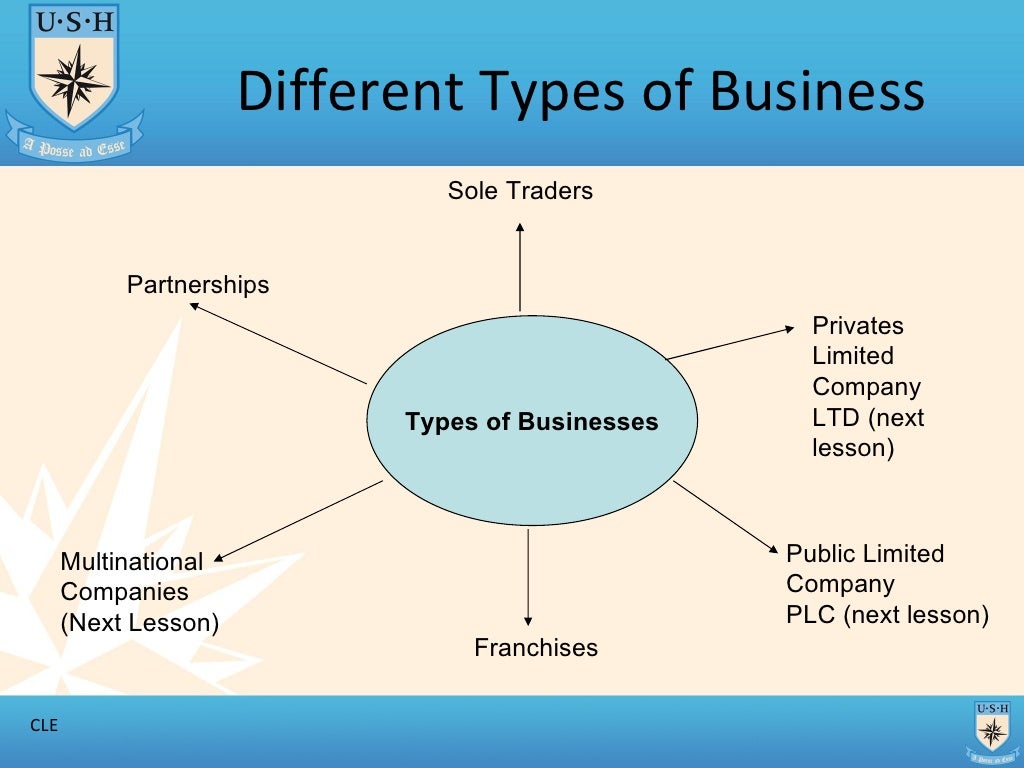
Being in tune with their dominant buying personality (how they prefer to move toward the close) is key to building relationships and growing sales numbers. According to Salesforce, 51% of the top-performing sales reps focus on building relationships. That involves knowing each client individually and how they prefer to buy. And clients appreciate it; Pew Research found that 84% of buyers want to purchase from someone they know and trust.
Take the time to get to know the prospect – not just their business goals and pain points, but also their buyer personality – Assertive, Amiable, Expressive or Analytic – and form a sales strategy that fits that buyer type. Some (like the Assertives) like to make quick decisions. Others (such as Amiables) prefer to get approval from other involved parties before pulling the trigger, which makes for a longer sales process.
“Naturally, not everyone will fall into one of these categories exactly,” says Shiv Gupta, CEO of marketing agency Incrementors Inbound Marketing.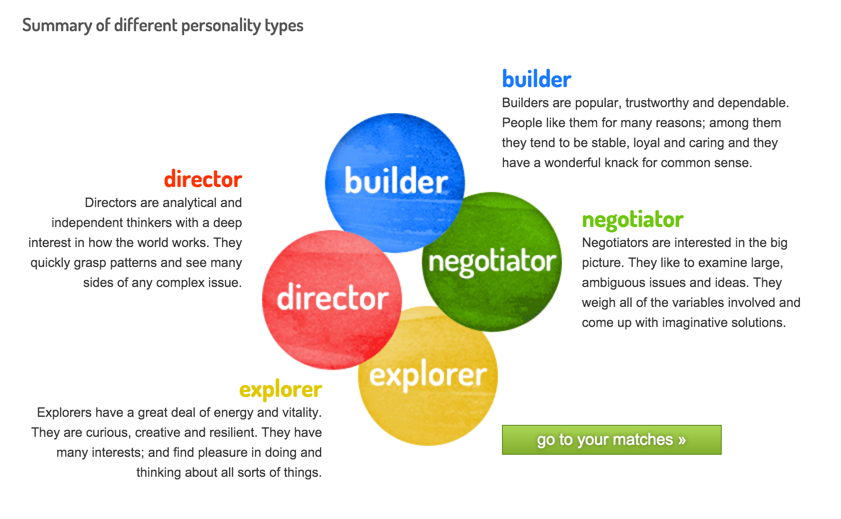 “Be aware of their main personality type and tailor your strategy to engage with them on that level. While getting to know people and their personalities takes effort, it’ll be well worth it after you’ve made a connection and closed the deal.”
“Be aware of their main personality type and tailor your strategy to engage with them on that level. While getting to know people and their personalities takes effort, it’ll be well worth it after you’ve made a connection and closed the deal.”
In your discovery call with the point person for an account, ascertain which of the four personality types they’re mostly exhibiting (since there tends to be natural overlap within each person) and shape your strategy from there. Here’s how.
Assertive
These types tend to be decisive and objectives-oriented rather than concerned about developing a deep relationship with their salesperson. While they value trust, they prefer not to spend time on personal banter. They get down to business, speak in declarative sentences and want a seller who delivers on promises.
“They’ll let you know exactly what they’re feeling and thinking at any given time without apologizing,” says Veronica Miller, marketing expert at VPNoverview, a VPN cybersecurity firm.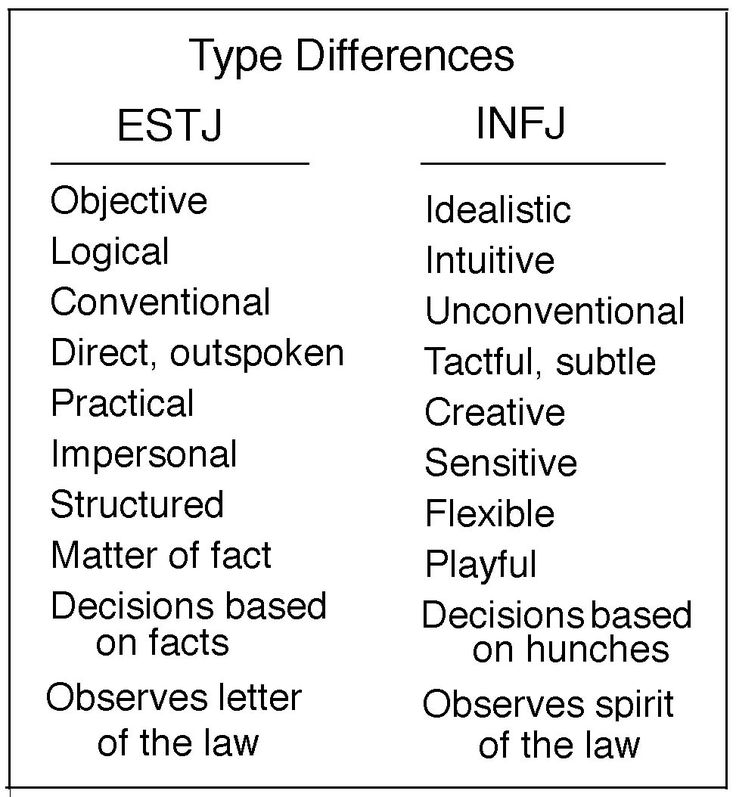 “They’ll also come to you with a clear understanding of what they’re looking for.”
“They’ll also come to you with a clear understanding of what they’re looking for.”
Assertives value efficiency, says Mark Osborne, director of Orangeries UK, a residential greenhouse construction company. Bells and whistles impress them less than how the product will solve a pain point and increase their bottom line. “Be prepared for someone who’s straightforward,” he notes. “And if you don’t know the answer to a question, tell them you’ll get back to them instead of guessing.” They’re also very competitive, so be sure to show how the products give them a leg up above their competition, adds Miller.
“Get straight to the point and let them know how your service or product will improve their bottom line,” says Josh Snead, CEO of Rainwalk Pet Insurance. “They likely already know what they’re looking for, so let them know how you will fulfill their needs.”
Amiable
Also known as “Collaborative,” this personality is more relationship-oriented than the Assertive.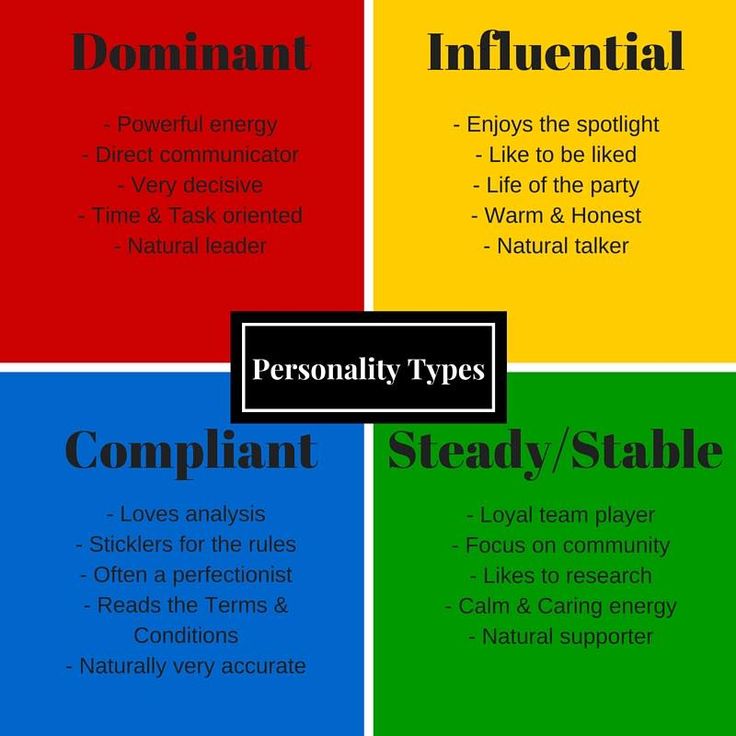 It’s important to them that they’re purchasing from a salesperson they like, says Josh Pelletier, chief marketing officer at nutrition and exercise resource site BarBend. “They value personal relationships, trust and empathy,” he says. “They first want to build a relationship with the salesperson, and then they want to get the help and approval of others within their company. Expect a good listener who will ask you personal questions to get to know you better, which makes the process more relaxed and informal.”
It’s important to them that they’re purchasing from a salesperson they like, says Josh Pelletier, chief marketing officer at nutrition and exercise resource site BarBend. “They value personal relationships, trust and empathy,” he says. “They first want to build a relationship with the salesperson, and then they want to get the help and approval of others within their company. Expect a good listener who will ask you personal questions to get to know you better, which makes the process more relaxed and informal.”
When they first come to you, Pelletier warns, they may not have done much research on their own yet, expecting instead that you’ll have solutions and guide them through the process. And they take their time with decisions.
While they tend to be open to new ideas, they’ll be turned off by a process that moves too fast and a salesperson who’s too, well, sales-y. “It’s all about trust,” says Nick Rubright, founder of agency New Reach Marketing. “They want to be guided through the process by a trustworthy seller.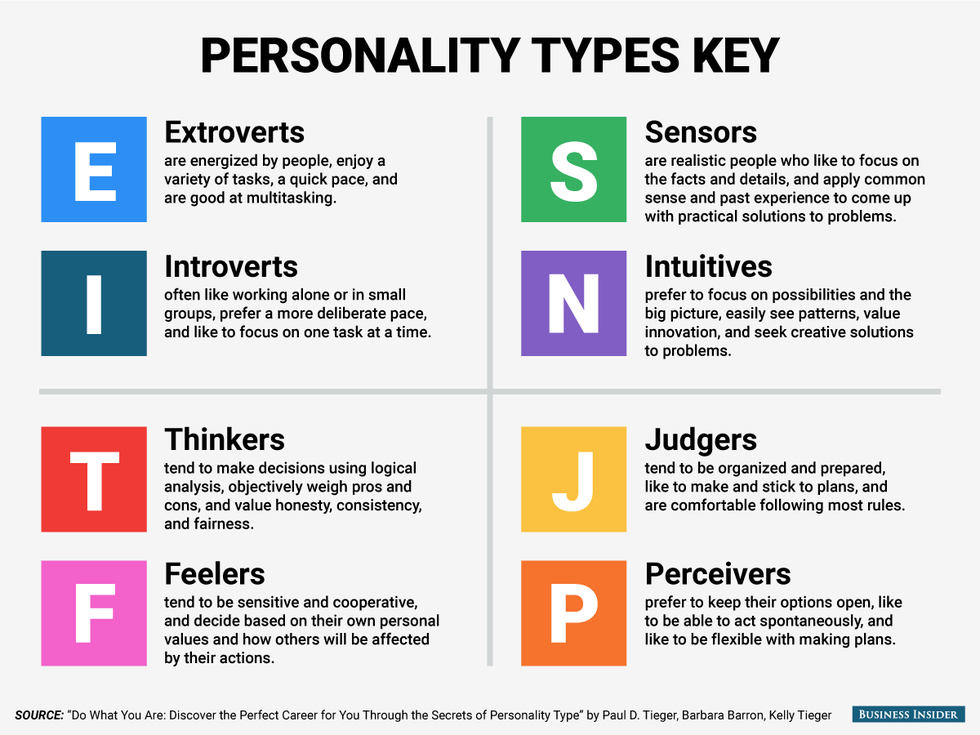 ”
”
Instead of the hard-and-fast sell, take the time to show them how your product will help them or their firm achieve their future goals, says Rubright. “Get to know them, establish a rapport and gradually guide them toward a purchase choice,” he adds. “When it comes to your pitch, keep in mind that these people will usually return to their organization to gain buy-in.”
84%
of buyers want to purchase from someone they know and trust.
(Salesforce)
Expressive
Harry Hughes, CEO and co-founder of fishing equipment site Dangler, describes the Expressive personality as “bright, outgoing and eager,” and says they usually want to establish a relationship with the salesperson right off the bat. “They’re team players, and eager to form bonds with others,” says Hughes. “But they tend to get bored with too much technical detail, so don’t rely on specs here. Use case studies to tell colorful stories about past successes. ”
”
Expressives also desire deep trust, says Steve Scott, chief technology officer at Spreadsheet Planet, a Microsoft Excel resources and best practices site. “Always be honest,” he says. “They also crave reassurance, which is why case studies and top-notch customer service are must-haves.”
While Assertives are bottom line-oriented, Expressives are more in tune with the emotional and human element, says James Angel, co-founder of DYL, a sales productivity resource firm. When sharing case studies, focus on the emotions of those who were involved, like satisfied customers and happy end-users, not just hard numbers. “Although data is crucial, an Expressive will want to know how their purchasing decision affects their customers and their firm on a human level,” he says.
In turn, be sure to listen attentively to their needs and expectations and validate their feelings and emotions, says Daniel Foley, marketing specialist at Scooter.guide, an electric scooter review site.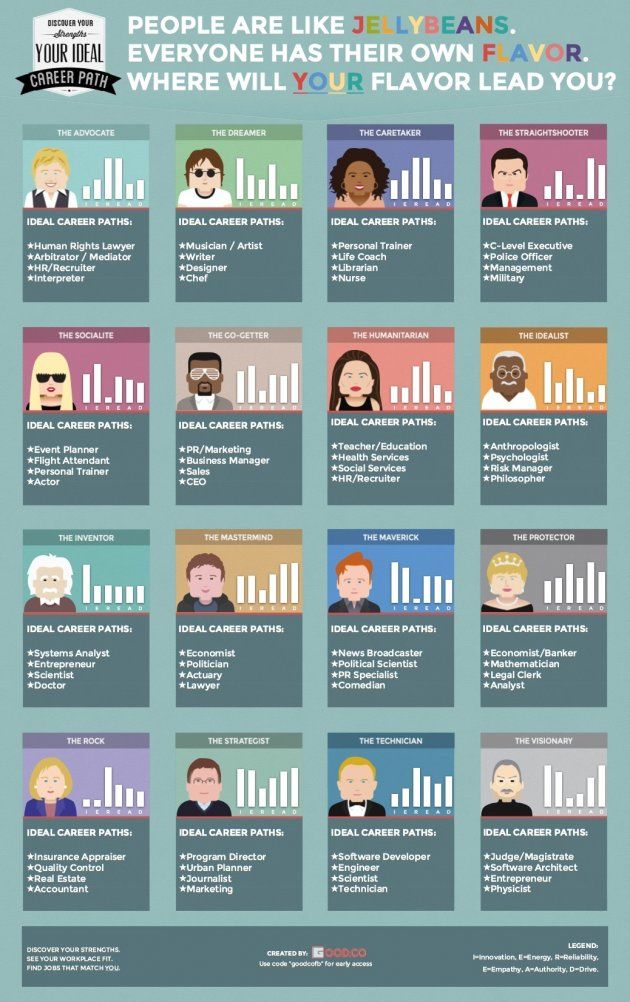 “Tell stories of your previous accomplishments, which can help build your reputation in their mind,” he says. “Move them to the close by allowing them to visualize how the product will look before they make a decision.”
“Tell stories of your previous accomplishments, which can help build your reputation in their mind,” he says. “Move them to the close by allowing them to visualize how the product will look before they make a decision.”
Analytic
The Analytic tends to be reserved, serious and cautious, but they’re also perfectionists, which means they’ll come well-prepared, says Jason Ball, director of B2B marketing agency Considered Content. “They sometimes overanalyze products and situations,” he adds. “Bring data and figures that you can share. They’re interested in the finer points of what you’re selling and what it can do for them, so make sure you have plenty for them to consider. They’ll look at it carefully before buying, so don’t rush them.”
Appeal less to emotions and more to hard numbers when selling to the Analytic personality. “They love data, facts and figures,” says Daivat Dholakia, vice president of operations at Essenvia, a platform for monitoring medical device regulations.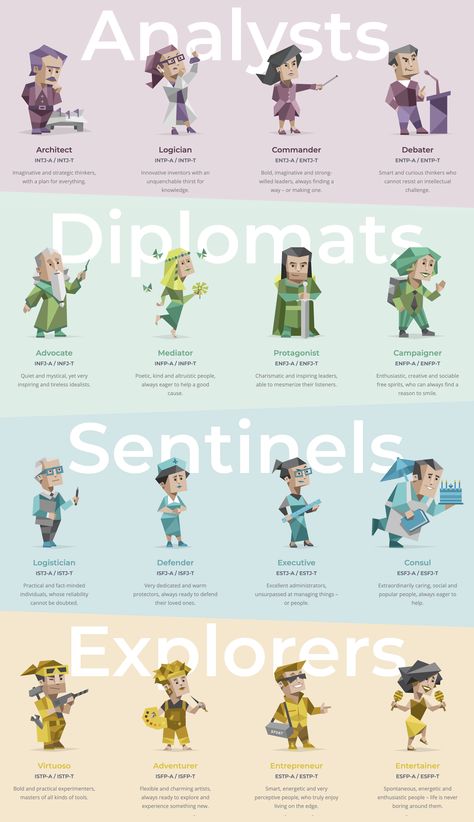 “They’re no-nonsense, so no flowery pitches. They want to get straight to the facts.” Dholakia adds that they’ll most likely have done extensive research on the salesperson and their company, along with possible product ideas, ahead of the sales meeting, so the rep should be ready to discuss custom solutions. “Provide data any time you make a claim and as much detail as possible,” he says.
“They’re no-nonsense, so no flowery pitches. They want to get straight to the facts.” Dholakia adds that they’ll most likely have done extensive research on the salesperson and their company, along with possible product ideas, ahead of the sales meeting, so the rep should be ready to discuss custom solutions. “Provide data any time you make a claim and as much detail as possible,” he says.
With Analytics, avoid coming across as too sales-y or overinflating the features of a product. “The key is to lay out facts and statistics in a direct, practical way,” says Snead at Rainwalk Pet Insurance. “They don’t have patience for ‘sales’ language, and they’ll see through any inflated claims.”
4 DISC personality types
Contents
Sales
Article
January 20, 2020
A model used by 80% of Fortune Global companies.
Natalia Konoplyanikov,
columnist at LABA
The DISC model describes four personality types: dominant, influential, consistent, and conforming. DISC is the number one commercial valuation tool used by over 80% of Fortune Global companies.
DISC is the number one commercial valuation tool used by over 80% of Fortune Global companies.
IBM and DaimlerChrysler use the model in recruiting and building teams. DISC is also useful for sales managers - the model helps to find an approach to different types of customers.
About this - in our article based on materials from the German online magazine Impulse.
The DISC Model and the Four Styles of Behavior
In the 1920s, psychologists Carl Gustav Jung and William Marston (separately) searched for the causes of repetitive behavior in people.
They came to the conclusion that our behavior is based on upbringing, experience and socialization: if a certain strategy was successful once, we use it again and again.
That is why we can talk about personality types that have a stable set of characteristics.
The research of William Marston (not only an eminent psychologist, but also the creator of the Wonder Woman comics) formed the basis of the DISC model.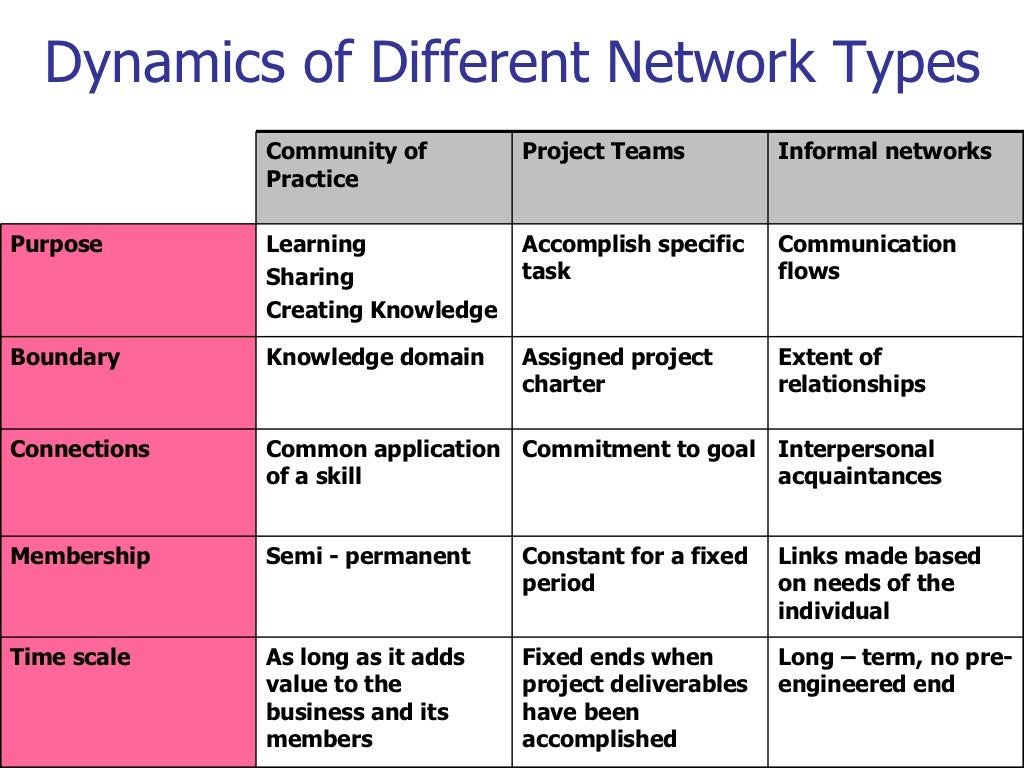
Psychoanalysts proceed from the fact that there are two types of people: extroverts, for whom it is important to be in the spotlight, and introverts, for whom reflection is important.
In addition, people can be divided by priority.
For a goal-oriented (or task-oriented) personality, the main thing is to achieve what was planned at any cost. The person-oriented type tries to surround himself with people whom he appreciates and who appreciate him.
So we get four combinations describing personality types according to DISC:
#1. Extroversion + goal orientation = dominant type (D - Dominance)
These are born leaders, they are straightforward and proactive. They make decisions quickly, are focused on results and progress.
#2. Extroverted + people-oriented = influential type (I - Inducement)
Optimistic and cheerful people who easily win the favor of others.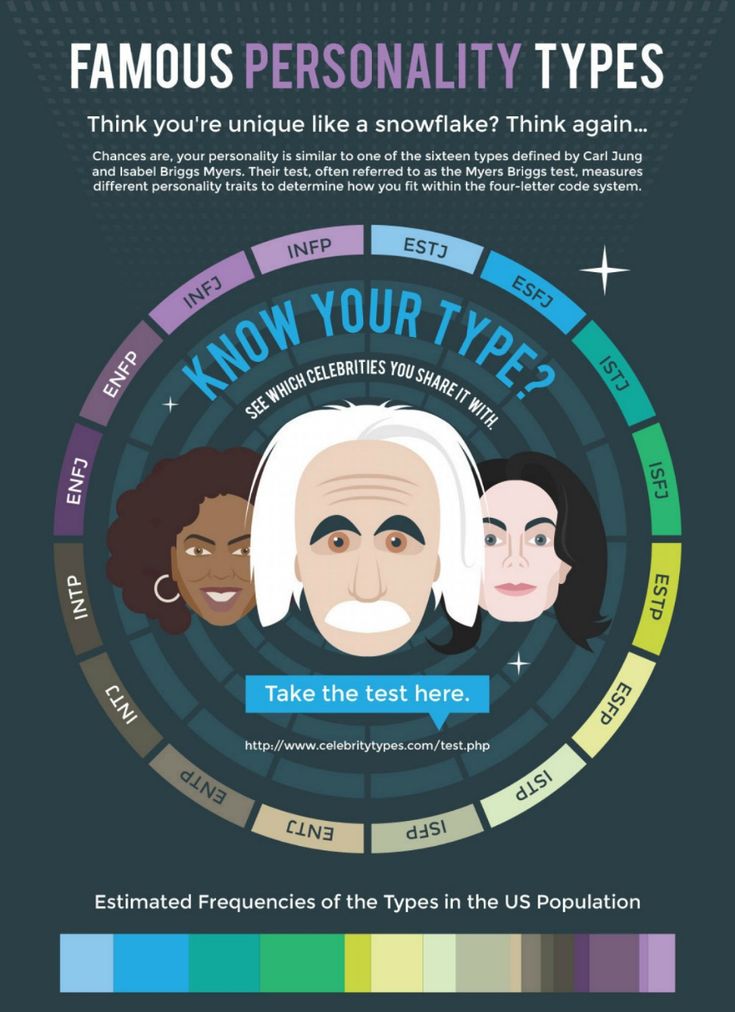
#3. Introversion + human orientation = constant type (S - Steadiness)
Such people are attentive to others, calm, value stability and reliability.
#4. Introversion + goal orientation = appropriate (agreeing) type (C - Compliance)
This type of person is cautious and tries to follow rules and regulations. They are reserved and do not seek close contact.
How to use the DISC model in sales
DISC helps you quickly assess the client, adjust to his type of behavior and choose the right argument.
Greeting
Dominant type . The client immediately gets down to business and seeks to control the conversation - give him this opportunity.
Influential type .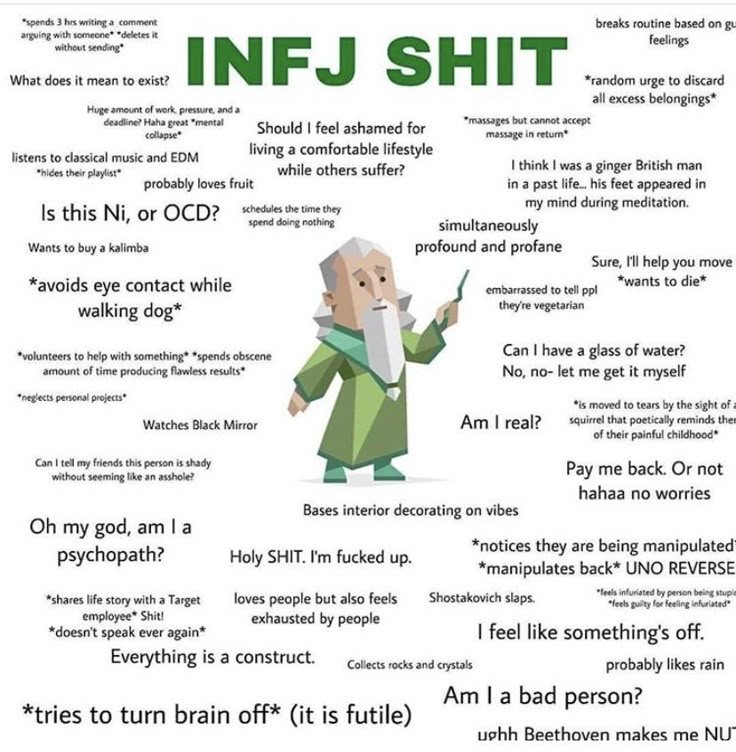 It is important for such a person to establish warm contact with the interlocutor. The decision to make a deal largely depends on personal liking.
It is important for such a person to establish warm contact with the interlocutor. The decision to make a deal largely depends on personal liking.
Permanent type . Such people at the stage of acquaintance try to find something in common with the interlocutor.
Corresponding type . The client is ready for discussion after a short small talk. From the very beginning, it is important for him to see that the interlocutor has carefully prepared for the meeting.
Need detection
Dominant type . Ask the client clear questions, curtseys are not needed here. At the end of the conversation, be sure to ask if he wants to clarify something else.
Power type . People of this type can answer questions very extensively and go far in their thoughts, so the task of the interlocutor is to return him to the topic of conversation.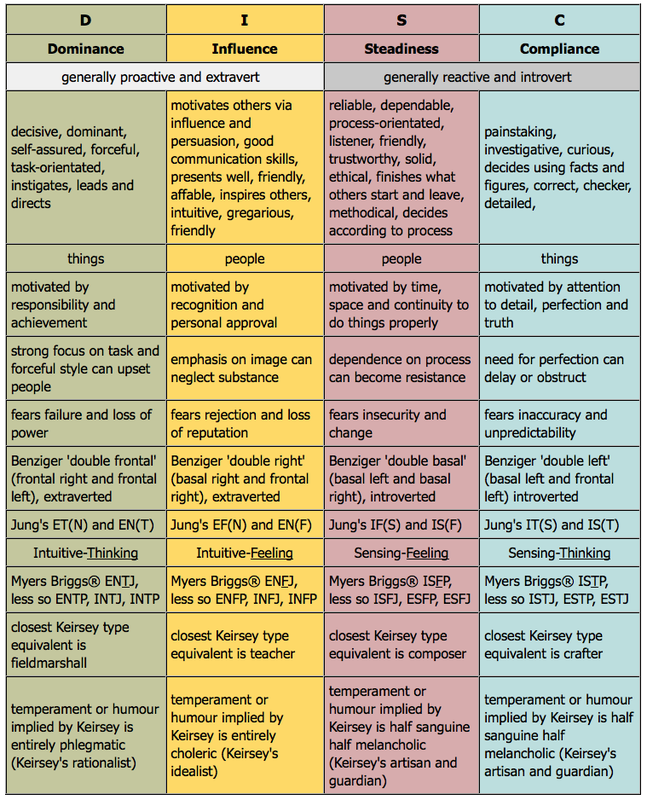
Permanent type . Straightforwardness, which is good in communicating with the dominant type, will not work here. Try to "package" the question so that it does not scare away the client.
Corresponding type . These clients answer questions in detail, but you should be prepared to explain why you are asking about it.
Consulting and presentation
Dominant type . The main thing that interests such a client is what is his benefit. Don't waste his time and yours on general benefits, don't go into technical details. Dominant clients make decisions quickly and often spontaneously.
Influential type . Such a client should be told what benefits he will receive in comparison with those who have not purchased this product or service.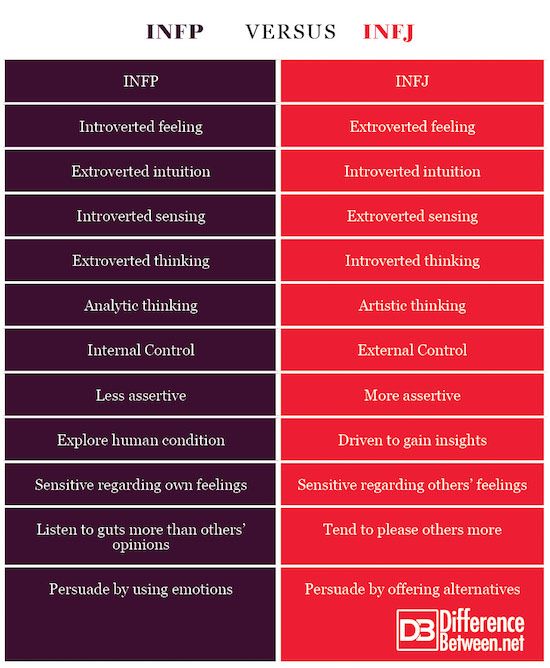 Specifications have little effect on the purchase decision.
Specifications have little effect on the purchase decision.
Permanent type . It is important for him to understand the product well and find feedback from other customers.
Corresponding type . These clients value accuracy: numbers, facts, tables, and research results. In this case, the data must be confirmed by reliable sources.
The decisive factor in the purchase will be the technical specifications. When communicating with such clients, it is better to avoid abstract phrases and long descriptions of benefits.
All business content in a convenient format. Interviews, case studies, life hacks corp. of the world - in our telegram channel. Join now!
Closing a deal
Dominant type . Despite the fact that dominant customers often make spontaneous decisions (including under pressure from the seller), it is important for them to feel that they have made a thoughtful independent choice: it was not you who sold the product, but they bought it.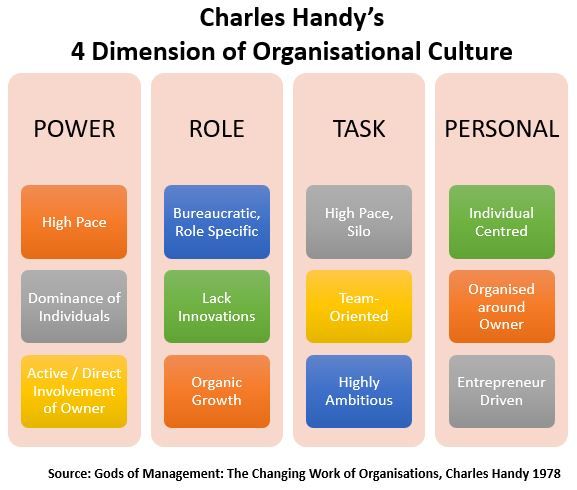
Influential type . It is difficult for such clients to make a final decision. Do not offer them a choice of several options - choose the best one and sell it.
Permanent type . People of this type need time to think, they need to consult with colleagues and loved ones. You can show them reviews from other clients and even share their contacts if it's a big deal.
It is very important not to put pressure on such clients - otherwise they close, and the chance of a sale drops sharply.
Corresponding type . Before making a purchase decision, such a client will once again evaluate all the data and critically approach your arguments. Provide additional information and allow time for reflection.
After sales communication
Dominant type .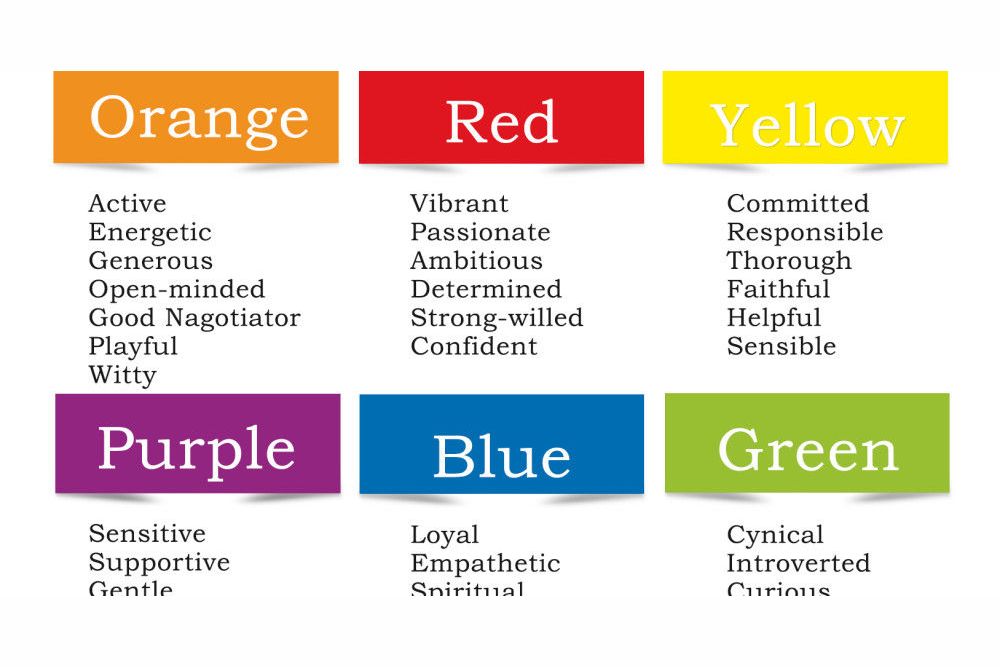 For him, the main thing is to see concrete results from using the product. Ask if he is satisfied with the purchase, whether it meets expectations.
For him, the main thing is to see concrete results from using the product. Ask if he is satisfied with the purchase, whether it meets expectations.
Influential type . Discuss what personal benefits the customer gained from the purchase.
Permanent type . Clients of this type appreciate the opportunity to maintain contact with the manager with whom he made a deal.
Instead of contacting the general helpdesk, he would prefer to call an employee he knows directly. He will be pleased if you remind him of yourself from time to time for no particular reason.
Corresponding type . Respond promptly to questions and provide new useful information.
#Personality #Sales #Self-development
Latest materials
Article
David Slocum, Google: "Leaders need to learn to let go"
Academic Director at Google - about the nature of the leader, situational leadership and a new approach to learning.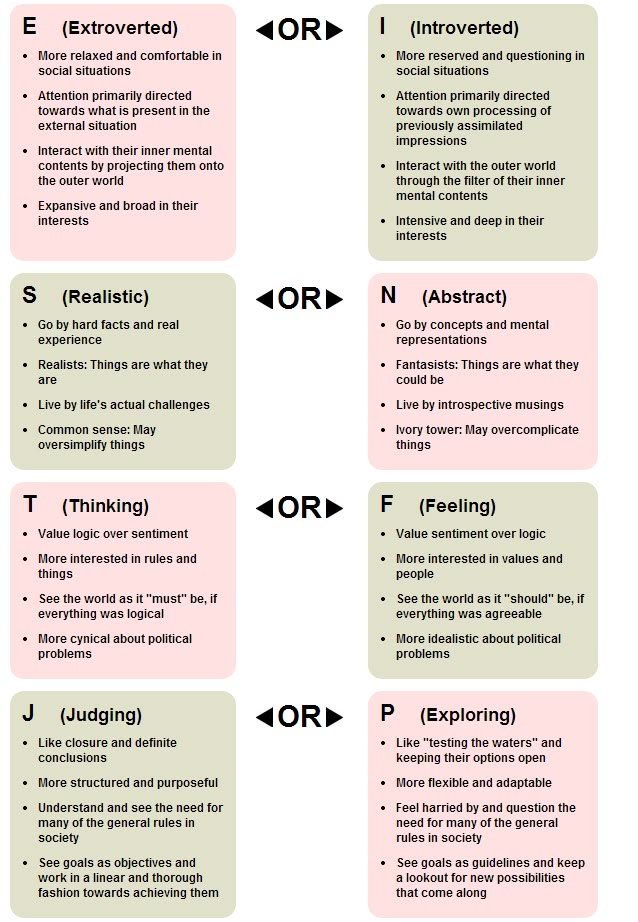
Read
Google’s David Slocum: “Leaders Need To Learn How To Give Up Control”
Everything you need to know about becoming a top-tier leader.
Read
Article
Lack of project managers and falling demand for Scrum Master: how project management is changing
Forecast from Taras Fedoruk - the best PM according to the Ukrainian IT Awards.
Read
what are there and how to interact
content
- The essence of determining the type of client
- Separation of clients according to the way they perceive information
- Classification according to the ratio of desire and opportunity
- Old school customers
- Small and medium business customers
- Sole proprietorships
- The most uncomfortable types of customers
- 5 criteria for prospective customers
Who are you talking about? There are different types of clients, and they are grouped according to different criteria, taking into account the psychology, motivation, business qualities of a person. That is, classifications can differ significantly from each other.
That is, classifications can differ significantly from each other.
What to look for? Sales always involve two parties. Therefore, it is not enough to define the "category" of the buyer, you need to be able to adapt to it. And here it should be remembered that pure types are extremely rare. But in any case, one cannot do without knowledge of the theory.
The essence of defining the type of customer
People working in sales know firsthand that it is extremely difficult to persuade two different people to buy a product using the same method. The better you understand a particular person, the greater the chance of success. By segmenting the target audience, you can identify several types of customers with similar behavior patterns and learn how to apply the appropriate strategy to each of them.
Let's see why else this is needed:
- Determination of customer needs . Some people want to get prestige, others - unusualness, others - convenience.
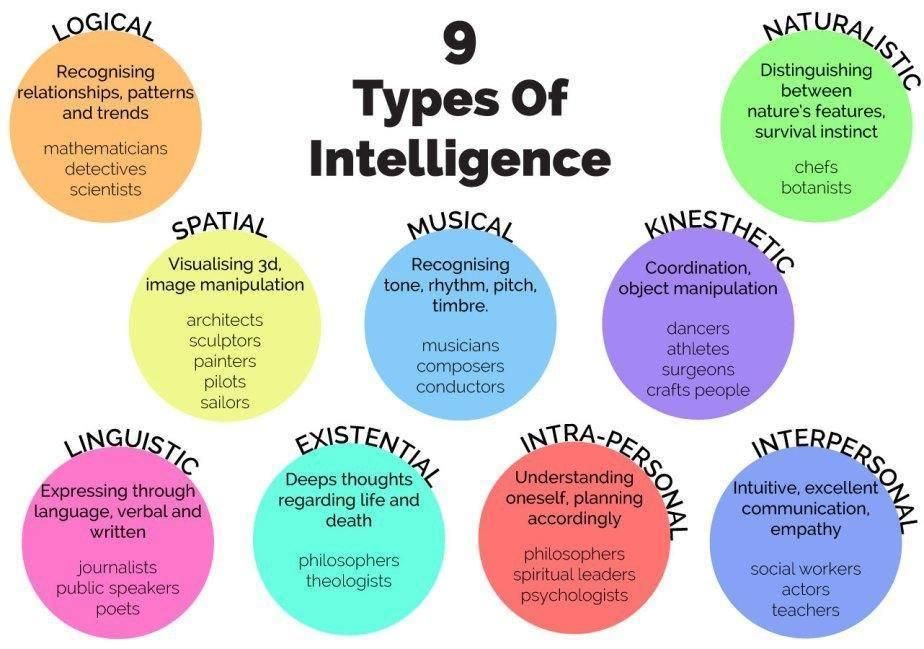 In this case, the product can combine all these characteristics at once. But the manager's goal is to find out what exactly a person needs and highlight this quality in the product being sold.
In this case, the product can combine all these characteristics at once. But the manager's goal is to find out what exactly a person needs and highlight this quality in the product being sold. - Choosing the optimal behavior strategy . If you are a very active and direct manager, then you can certainly convince a person like you to make a purchase. However, it will be much more difficult to establish communication with a less energetic buyer if you do not change your behavior pattern.
- Possibility of forming an individual approach . If the buyer is comfortable around you, and you understand him well, then the chances of success will increase significantly.
Understanding the basic reactions that occur in the brain when making a purchase decision, you can create a universal formula for interacting with a client. But before that, you will need to capture his mood, values and standard demeanor. It is for this that you need to determine the type of client and its features.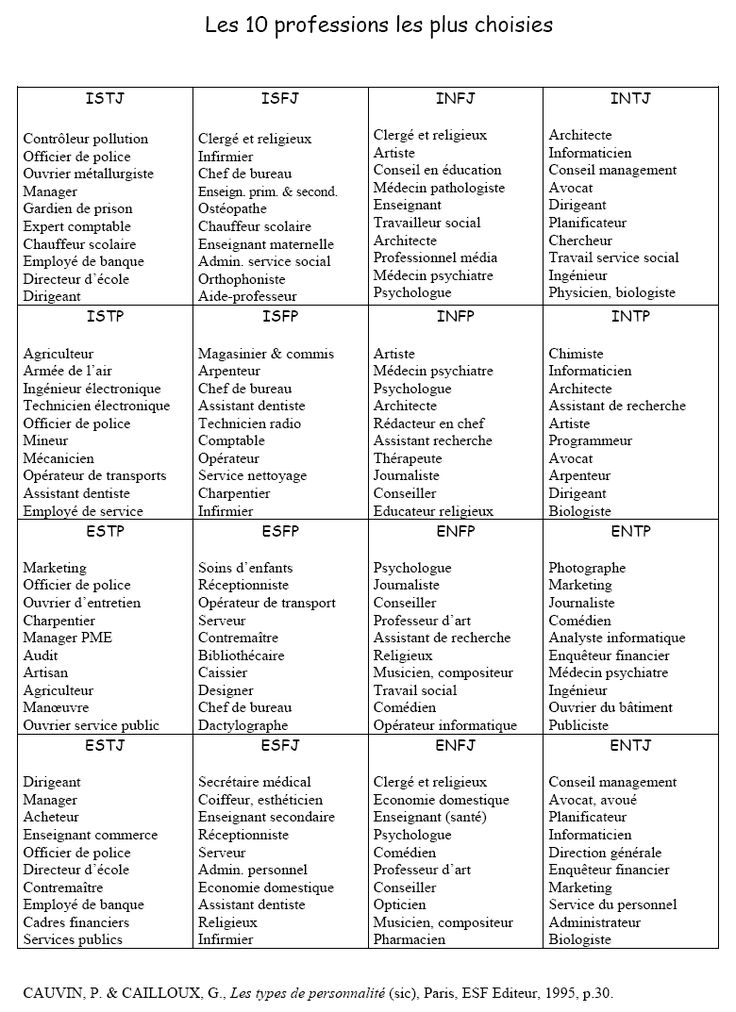
There are different methods for classifying buyers. Naturally, all of them are some generalization and cannot take into account all the nuances of the behavior of a particular person. Plus, no client can be called a representative of only one type. However, it will be useful to assign it to the most appropriate group. To do this, you should use several basic criteria.
Dividing customers according to the way they perceive information
Each customer has a certain type of perception of information. Having calculated this characteristic, the specialist can choose the optimal way of interaction and presentation. So, there are 4 categories of customers:
- Visual . The right way to work: slides, photos, videos, catalogs, product demonstrations.
- Audial . The correct method of work: conversation (the more confident the tone of voice and the very speech of the specialist, the greater the chance to convince such a client to buy the product).
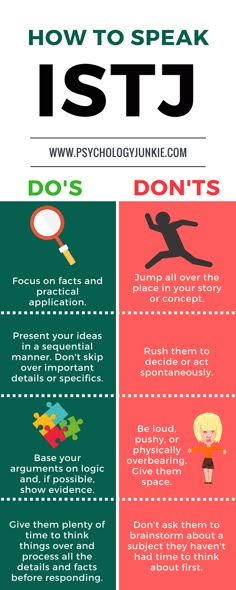
- Kinesthetic . The right way to work is to let the person use the product in action.
- Discrete . The right way to work: numbers, graphs, tables, statistics.
To accurately determine the type of client, you should offer him to choose one of the formats (“I can talk about this product myself or send you a presentation”) or directly ask which option is most comfortable for him.
Classification according to the ratio of desire and ability
Now consider the types of customers in sales in terms of the presence or absence of the desire and ability to make a purchase. Based on this, the following 4 groups of people are distinguished:
- There is both a desire and an opportunity
Everything is simple here. The manager, most likely, will not even need to work out objections. It is only necessary to remain friendly and explain the various nuances of using the product. Moreover, if the client is located to you, then there is a chance that he will make an additional purchase.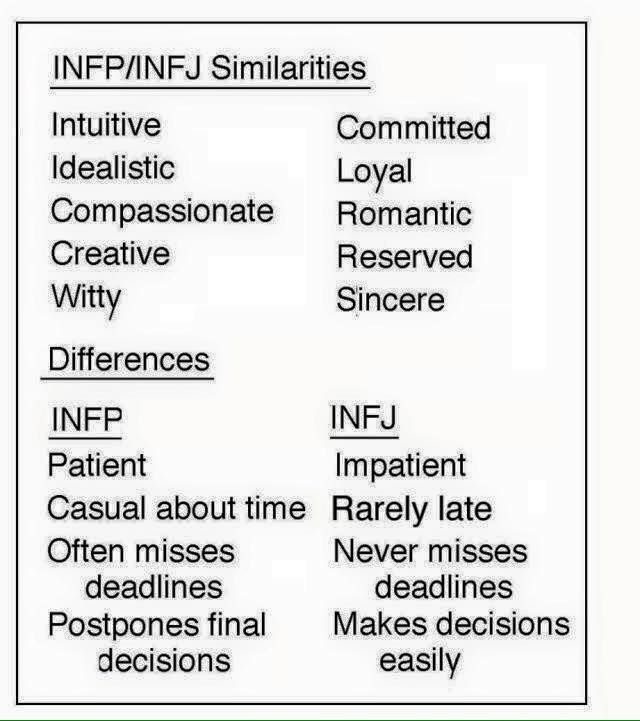 But when working with such people, you also need to know the measure, otherwise the person may not like your assertiveness.
But when working with such people, you also need to know the measure, otherwise the person may not like your assertiveness.
- There is a desire, but there is no possibility
The customer wants to buy a product, but simply cannot do it. In this case, it is necessary to find out the cause of the problem and emphasize all the positive qualities of the product. If you do everything right, then the person will make a purchase after he solves his financial issues. If the problem is in a very small amount, then you can make a discount, offer a loan or installment plan.
- Possibility, but no desire
In this case, it is important to know the customer's need. If it is, then you just need to work out the objections and clarify all the nuances. If there is no need for your product, then you can offer favorable conditions: a gift, a prize draw, a discount on the next purchase (the same applies to the first option).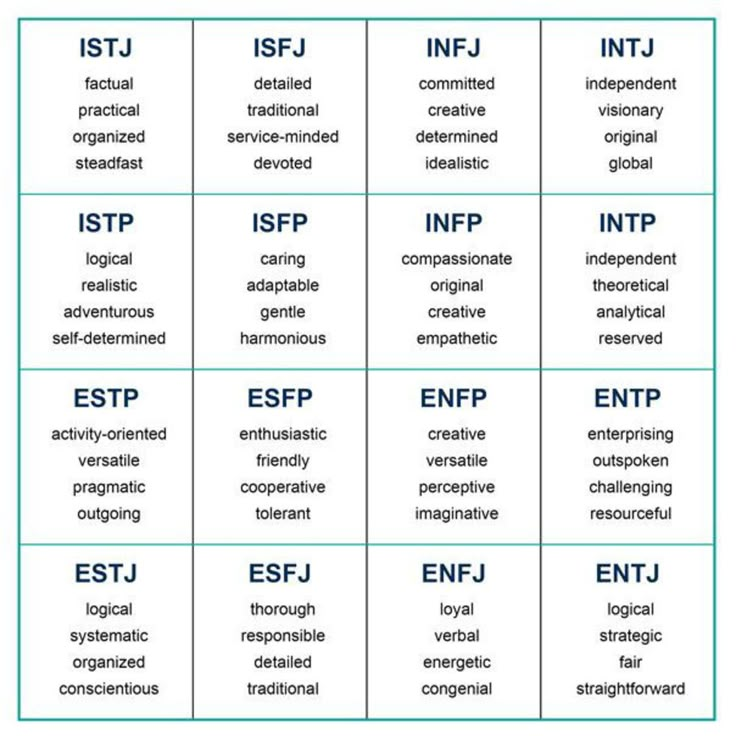
- No desire or opportunity
It is better not to work with such a client. But if you nevertheless set yourself the goal of completing the sale with this person, then you will need to change his idea of \u200b\u200bhis own desires and capabilities. Quite a difficult task, but worth a try. In this case, it will be necessary to combine the work strategies used for the second and third types.
Grouping by psychotypes
If you have ever listened to lectures on psychiatry, you should know about personality psychotypes. The most interesting thing is that the psychological types of clients are almost the same as them. The only exception is the absence of pronounced deviations.
Hyperthym client
He can be described as a personable and well-groomed person who loves to wear fashionable clothes and expensive accessories. He really likes the attention. A hypertim client emphasizes his status and availability of financial opportunities.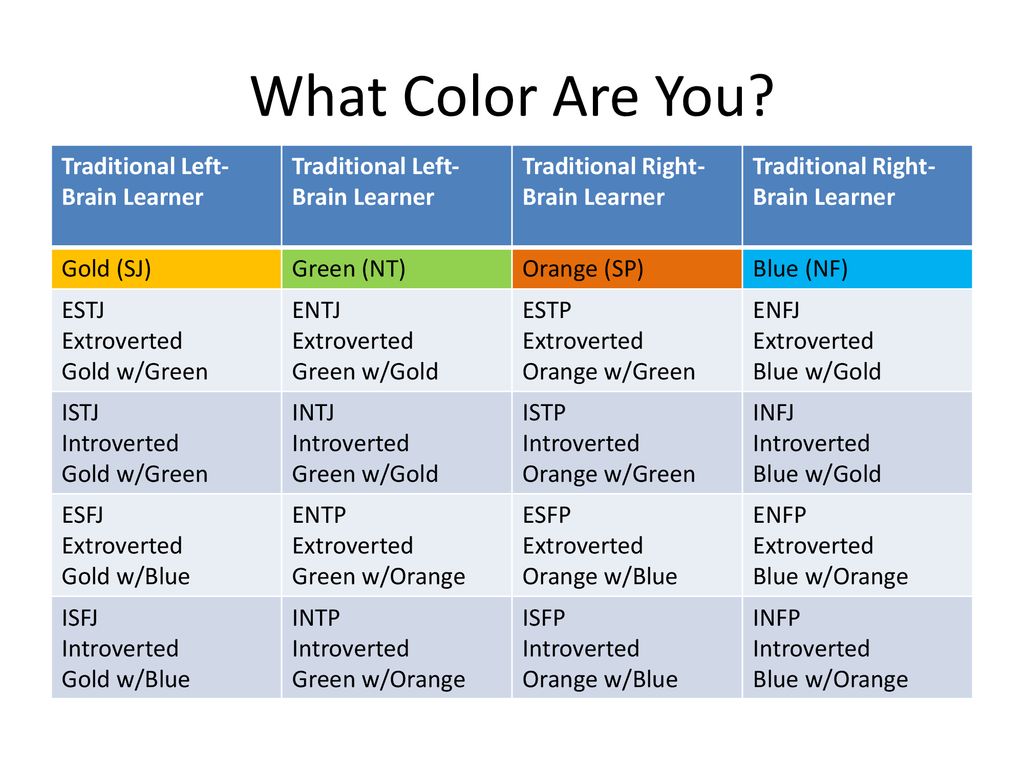
If such a buyer is in a good mood, he may start joking. In this case, it is important for him that others laugh in response, so consider this nuance. If he starts to be rude, then control yourself and do not get angry. One way or another, hyperthym needs to be offered everything that is most unique and status. Please note that this product is not available to everyone.
Epileptoid client
Regardless of whether he wears expensive clothes, he always looks neat and well-groomed. Such a client is very distrustful and tries to find a catch in everything. For this reason, a huge number of questions can come from him.
It is necessary to be as calm and friendly as possible towards the epileptoid. Answer all his questions and clarify all the nuances of the product. If necessary, provide statistics or give a relevant recommendation. The main task is to demonstrate your expertise.
Hysterical client
Such a buyer likes to act pretentious. This manifests itself both in clothing and in manners of communication.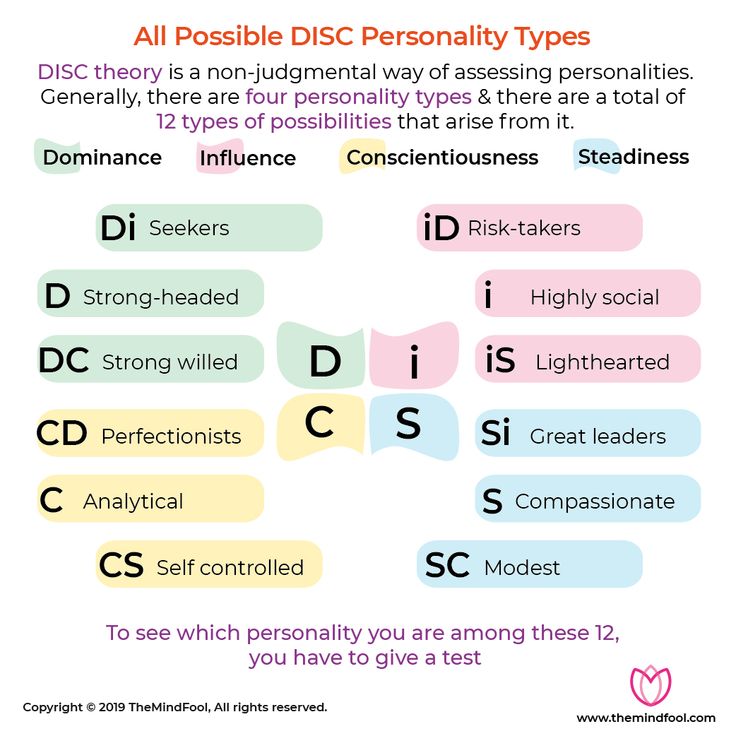 At the same time, he is not at all ashamed of such behavior and, on the contrary, emphasizes these qualities in front of others. He loves to shop, loves to demonstrate his economic capabilities and unconventional sense of style. The hysteroid likes to talk to people and make a good impression on them.
At the same time, he is not at all ashamed of such behavior and, on the contrary, emphasizes these qualities in front of others. He loves to shop, loves to demonstrate his economic capabilities and unconventional sense of style. The hysteroid likes to talk to people and make a good impression on them.
You can safely offer him the most expensive and original product. It is only necessary to emphasize that not everyone is able to understand the meaning of this product. In addition, you can try to sell additional solutions to such a client, using classic techniques like: “This thing goes well with ...”
Schizoid client
Can wear inexpensive clothes, but still look unusual. On the one hand, he does not like the increased attention to his person, and on the other hand, he cannot but differ from those around him. The schizoid buyer does not like to communicate and ask questions. He tends to think that everyone is trying to sell him useless things, so he refrains from consulting.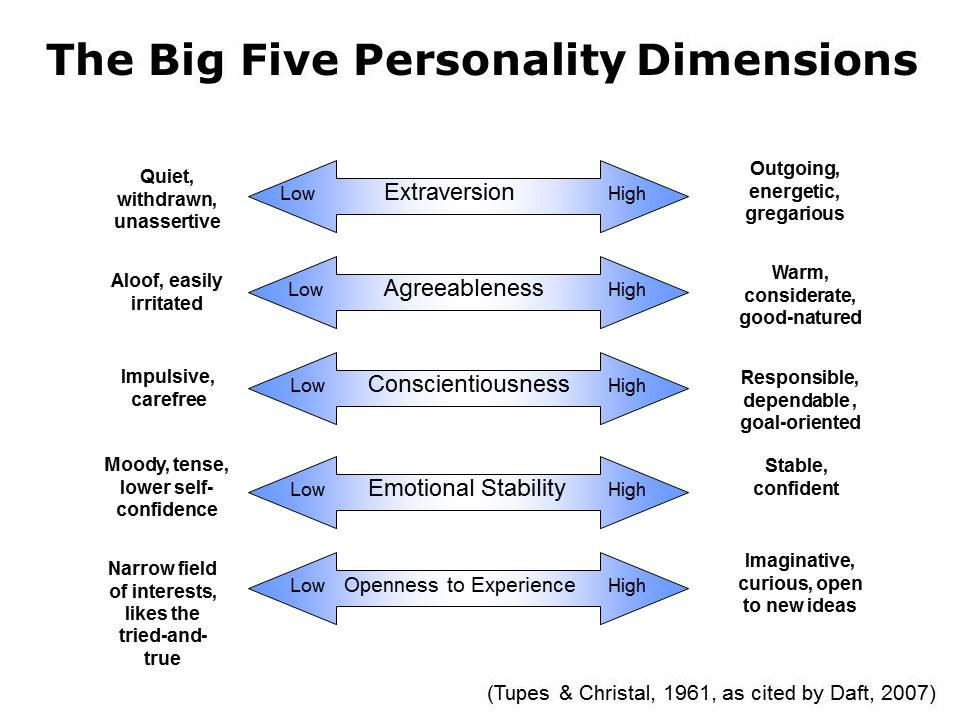
It is better to leave such a buyer alone - after a while he will relax and he can come to you. The only thing that can be done is to slightly push the conversation and offer a couple of options. But be careful and don't pressure yourself. If you manage to sell the product, then most likely such a client will come to you again.
Asthenic client
A rather modest buyer, which is manifested both in clothes and in behavior. He speaks softly and looks like he did something wrong. He does not like to communicate, but he is simply shy to ask anything. He wants to return to his comfort zone as soon as possible, so he may not notice that he bought a damaged product. Moreover, he will not even return it.
In dealing with an asthenic client, as well as with the previous type, one must be careful and courteous. Be polite, open and friendly. Tell about the product from all sides and convince the visitor that he needs this purchase. Asthenics are often afraid of responsibility, so it is not difficult to persuade them to make the right choice.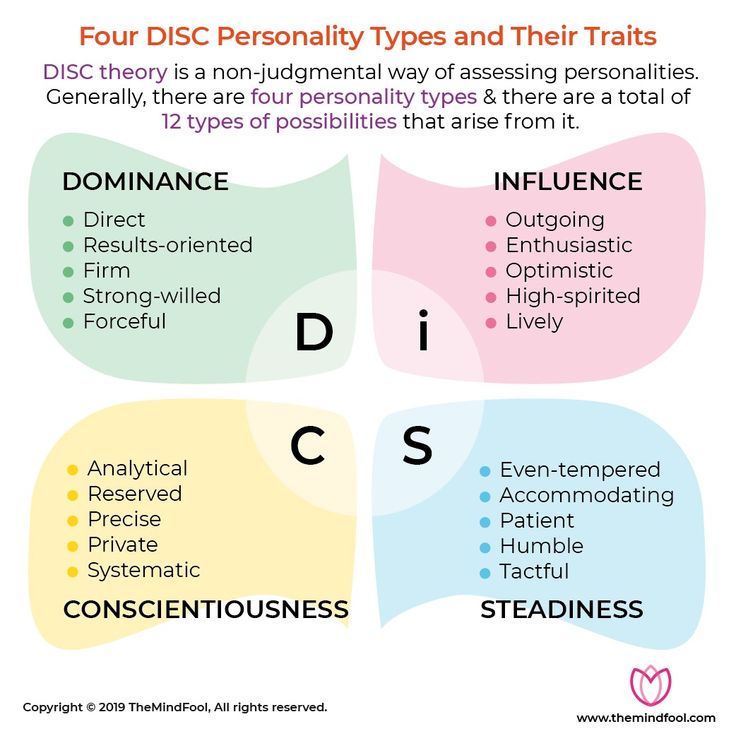 However, if after some time he regrets the perfect purchase, then most likely he will no longer come to you.
However, if after some time he regrets the perfect purchase, then most likely he will no longer come to you.
Types of customers by behavior
Consider the main types of customers from the point of view of behavior that is characteristic of a person when making a purchase.
Analyst
He is a very balanced and polite person. Most likely, he familiarized himself with the characteristics of the product in advance and thought out the questions that he would ask you. The analyst is always trying to learn various subtleties.
He quickly evaluates the responses received and draws conclusions about the consultant's expertise. Often asks to see documentary evidence that can confirm the words of the manager. The analyst wants to see a real specialist who understands the nuances of the product.
Almost never makes impulsive purchases. Such a buyer tends to think long before making a decision, comparing several products and weighing all the advantages and disadvantages.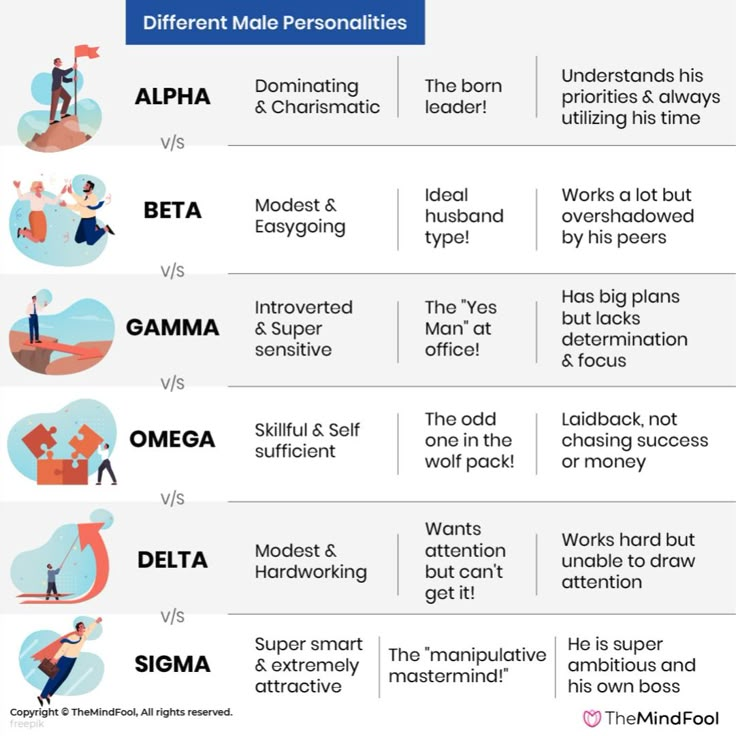 In the process of communication, he manifests himself with restraint, practically does not gesticulate and looks only at the product.
In the process of communication, he manifests himself with restraint, practically does not gesticulate and looks only at the product.
There is no point in putting pressure on such a client. Emotional descriptions of the product are also useless, since the analyst only needs facts voiced in a calm tone. Show respect for his choosiness and emphasize the benefits he will receive after the purchase.
Tank
A client with this type of personality knows exactly what he wants to get and often achieves his goals. In the process of interaction with the consultant, he tries to take on the role of a leader, clearly and clearly voicing his requirements. It is difficult to convince him, he shows straightforwardness and confidence in his words. In communication, he actively gesticulates and without hesitation enters the personal space of the interlocutor. Such a buyer is not averse to being in a conflict situation. Moreover, he himself can become the initiator of the dispute.
When working with a person in this category, you should not give up. The mirror is a great technique to help you communicate. Try to copy his behavior, gestures, tone of voice. However, be restrained, speak briefly and to the point. Highlight the benefits of the product and operate with facts.
You should emphasize the originality of the opinion of such an interlocutor: if he liked the product, then focus on its exclusivity. In this case, you do not need to be provocative and sort things out. Be confident in your words, backing them up with arguments. "Tanks" like to talk to people like them. If you withstand the onslaught of such a client, then he will certainly come to you again.
Buddy
He likes to communicate, he is open and easily makes contact. He does not like to conflict and shows friendliness. For him, all people are friends, so "buddy" easily goes to you. He likes long dialogues in which he can discuss anything, even things that have nothing to do with the product.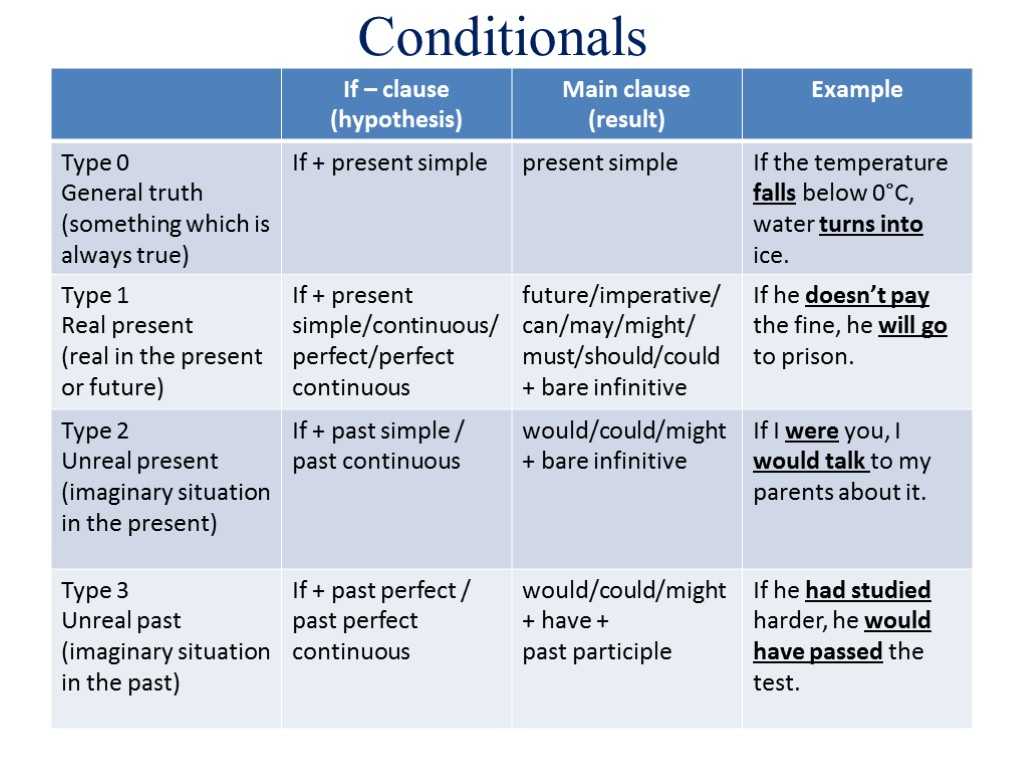
Listens with interest to the consultant and gladly expresses his opinion. Such buyers enjoy the process of buying, which, in turn, often acts only as an occasion for conversation.
If you want to convince a client in this category, be as friendly and open as he is. Do not try to take on a dominant role and exert pressure. Talk to him like you would a friend or old acquaintance. The same “mirror” will help.
Zhivchik
Extremely energetic people who like to infect others with their positive. Very active and talkative. They like to focus on the positive side of things. In the process of communication, they try to establish eye contact. They are very smiling and the first to give a hand for greeting. They may have difficulty concentrating on the words of the interlocutor, even if he says important things about the product.
Persuading such a person to buy your product is quite simple, you just need to find the right approach. Try to talk less and listen more.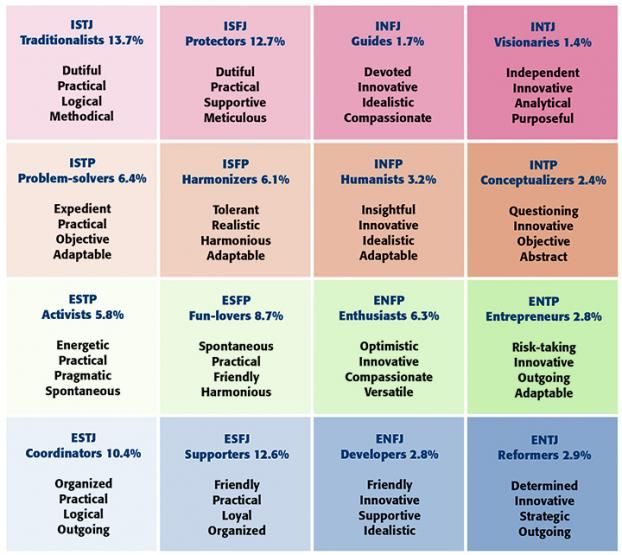 The main task is to convince him that the product will decorate his life and make it even happier.
The main task is to convince him that the product will decorate his life and make it even happier.
Shy
Such a person usually has difficulty making a decision and does not know if he needs your product. He does not like too much attention to himself, so he is prone to self-service. He believes that they are trying to manipulate him, as a result of which he shows suspiciousness and distrust.
Tries to find non-obvious disadvantages of the product. If he has even a drop of doubt, then most likely he will simply leave. In addition, they have an extremely negative attitude towards counseling.
Working with such a buyer, you need to call him for a dialogue. For this, questions should be formulated in such a way that he could not answer in monosyllables (yes / no). Don't rush him while he's thinking. The only thing you can do is to gently encourage him to continue the conversation.
If such a customer points out the shortcomings of the product, then give a counterargument, but do not deny the presence of weaknesses: “You are right, this laptop is not cheap, but it can easily run the most modern games. ” Highlight the benefits of the product and explain why it will make the customer's life better.
” Highlight the benefits of the product and explain why it will make the customer's life better.
Please note that the behavior of the buyer may change depending on the mood. Therefore, the manager needs to be able to quickly identify the type of person who is relevant at the moment. Based on this information, the specialist must pick up the keys to a specific person and lead him to make a purchase.
Sabone customer typology
S.A.B.O.N.E. is the model of J.F. Krolar, which is based on the motivation of buyers. The author proposed a classification of customer types based on 6 fundamental consumer motives. Focusing on them, a specialist can increase the likelihood of a sale. Kolar combined the first letters of the names of these motivations, forming a beautiful abbreviation.
- Securite
These are the consumers who value safety the most. They want to see a high-quality product with a reliable brand behind it. It is important for such people to know that they will not regret the purchase in the future.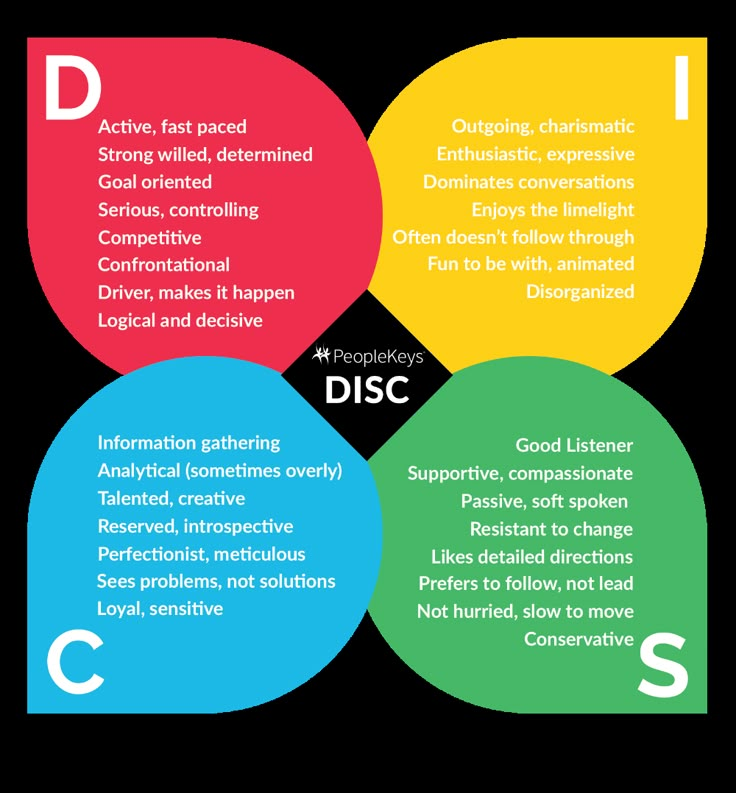
To persuade customers in this category to perform a targeted action, it is better to use quality certificates, positive reviews and warranty cards.
- Affection
These customers only value products that fit in with their normal lifestyle and evoke warm feelings. Therefore, the manager needs to identify the needs of the client, tune in with him on the same wavelength and cause the necessary experiences.
- Bien entre - comfort and convenience
These are consumers whose rational side of thinking prevails. They value those goods and services that can make their lives easier. Therefore, it is important for them that the product is not only convenient to use, but also to store it, maintain it, etc. The manager should focus on the benefits of the product. Try to offer him special delivery terms or installments.
- Orgueil - pride and prestige
These consumers like branded products.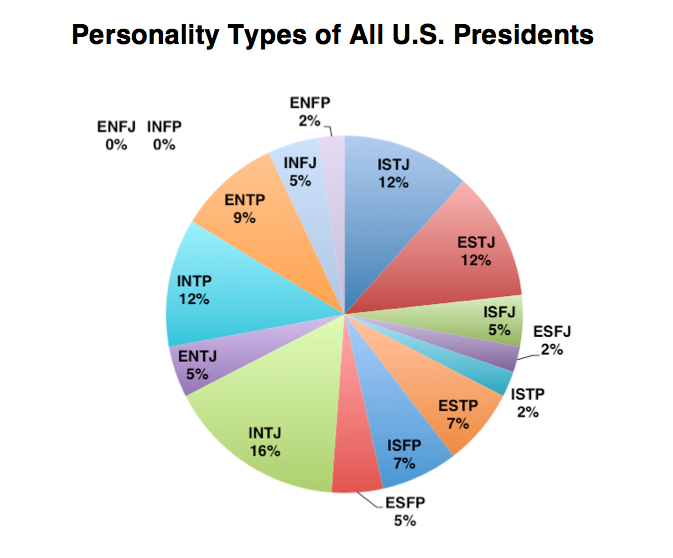 Shopping for them is a way to demonstrate their financial situation.
Shopping for them is a way to demonstrate their financial situation.
If you work with a client from this category, emphasize the originality of the product and the high status of the brand itself. In addition, if some famous person uses a similar product, then be sure to say so.
- Nouveaut - new
Consumers who are passionate about new experiences. The maximum concentration of such customers is found in gadget stores, although other areas may also attract them. They should offer the latest product versions, unusual solutions, non-trivial services.
- Economie
They are activated during the discount period and quickly leave the store if they do not meet profitable offers. Offer such a person a product at a reduced price.
Categories of customers in B2B sales
Large partners
Such customers account for about 30% of all customers. If the partner owns or represents the interests of a large company, then most likely he will fall under the following description:
- Age up to 40–45 years.
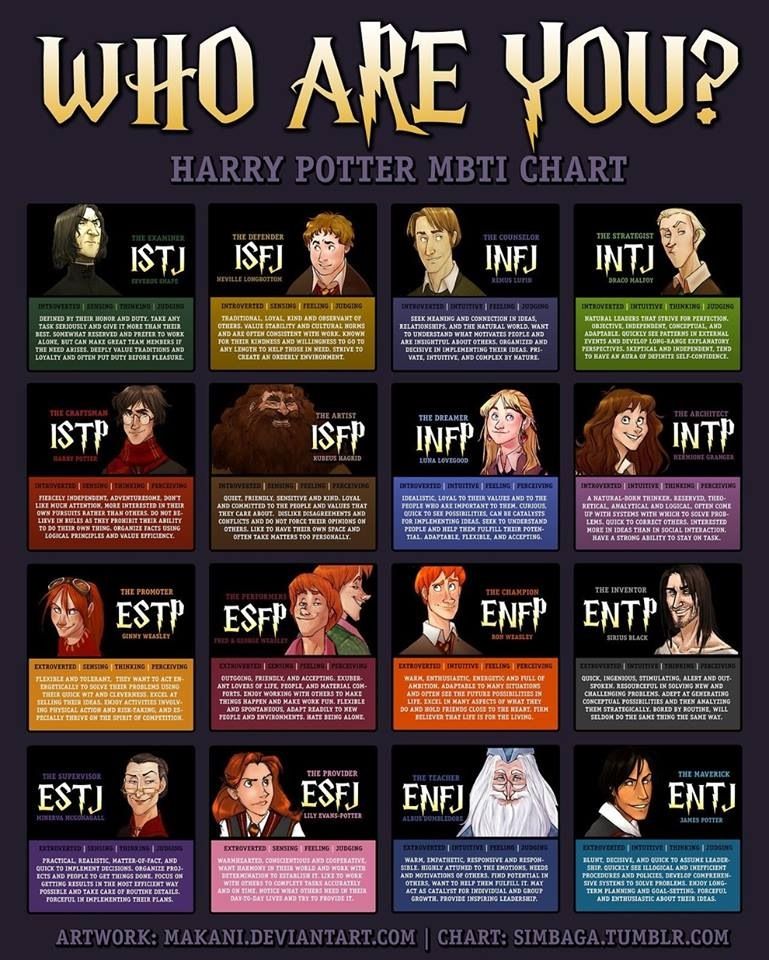
- Familiar with modern technologies, therefore, instead of a printed catalog, it is better to offer him to familiarize himself with the presentation.
- Ready to order a large consignment of goods.
- Uses commercial budget to pay for purchases.
- He is attracted not by discounts, but by bonuses.
- Can suggest an online meeting as a discussion format.
Advice to the Manager: These customers can quickly become offensive with their demands, so keep the right distance from the start of the conversation. Most of all they are interested in new projects that use modern technologies.
Smaller customers
They also account for about 30% of the total customer base. As a rule, they work for budgetary organizations, the target audience of which is people from the middle age category. Such partners are often teachers of educational institutions, employees of sports organizations, employees of military units. We list the main characteristics of such partners:
- They pay for purchases with funds from the commercial budget.
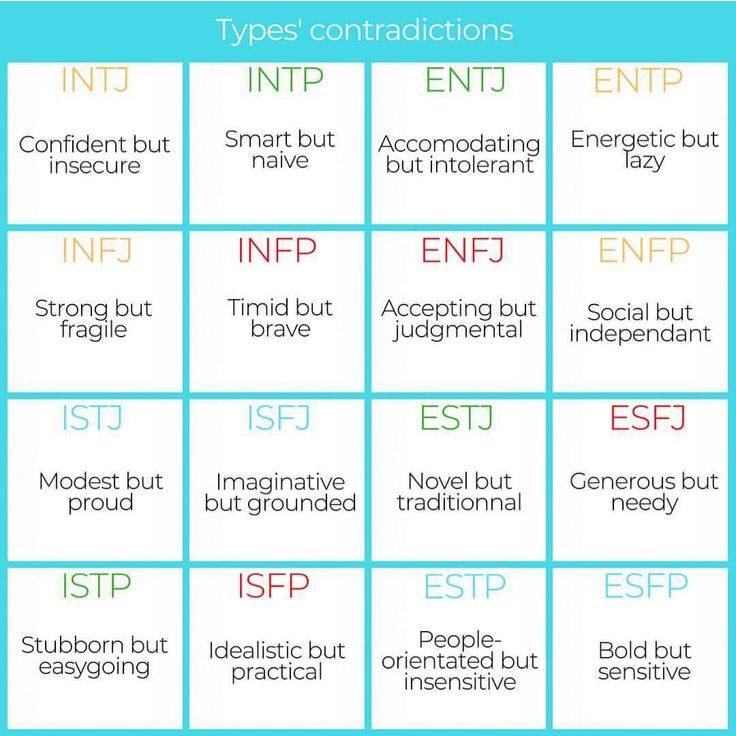
- Both a regular catalog and its PDF version will suit them.
- Do not mind learning about new versions of the product.
- They are able to use PCs, mobile devices and easily access the Internet.
- They are interested in bonuses that can be used for personal purposes, such as product samples.
- Easily use a smartphone, e-mail or Skype to communicate with a consultant, come to the office with pleasure.
Advice to Manager: For these buyers, the cost of the product is not so important, so you can offer products that will perfectly suit their preferences without limiting yourself in price.
Old school customers
Covering about 15% of all customers, this category includes customers who use outdated working methods. Most often, these are heads of budgetary organizations, for example, school directors, heads of boarding schools and kindergartens. The characteristic of this type of clients is as follows:
- Age over 55 years.
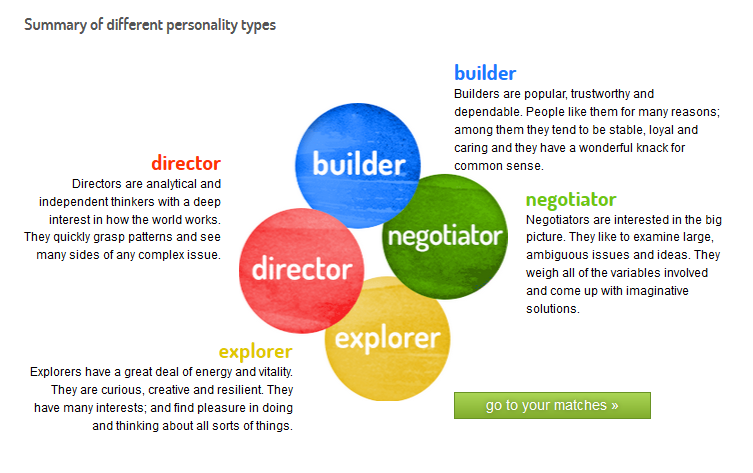
- They are distrustful of new products, tend to choose time-tested products.
- Do not use modern devices and the Internet.
- They have been working with the organization for a long time, which allows them to compare the current state of the company with the previous one.
- Have a very limited budget.
- Buy goods at the lowest prices.
- Prefer printed catalogs received by mail.
Recommendations to the manager: if you want to correctly state your offer to such a buyer, then do it as clearly as possible, without unnecessary words. It is best to use a printed catalog or paper quotation. If the client does not have enough money to buy, then find less expensive products or recommend a suitable supplier.
Small and medium business customers
These include up to 20% of all customers. As a rule, these are employees of small companies. They have the following features:
- Age up to 30-35 years.
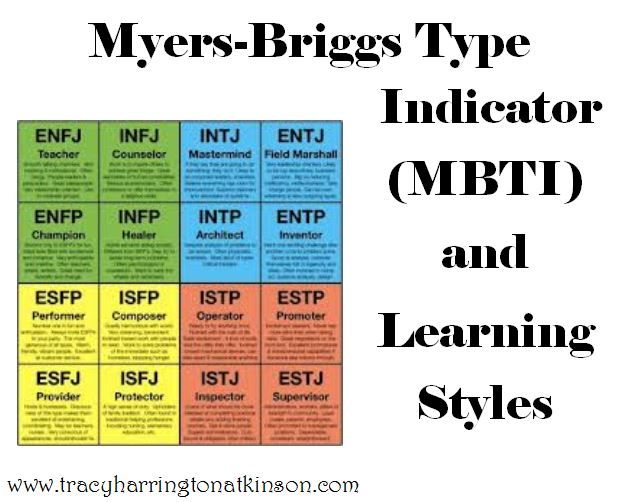
- Freely use the Internet and know how to work with modern software products.
- We are ready to purchase a small consignment of goods. They work on the principle “the smaller the order, the higher the demand”.
- A limited commercial budget is used for purchases.
- Work with both printed catalogs and electronic versions.
- For negotiations use the phone, and if necessary, a personal meeting come to the office.
- They want discounts, not bonuses.
Recommendations to the manager: be attentive to the preferences of such buyers, think ahead. If everything goes well, then some of them can reach a new level of business and become the most profitable customers.
Individual entrepreneurs
They account for only 5% of all customers. This category also includes resellers. Description of clients of this type:
- They know how to use new technologies for information search, regardless of age.
- They prefer to choose from a large number of options in order to make the most advantageous offer to their customers.
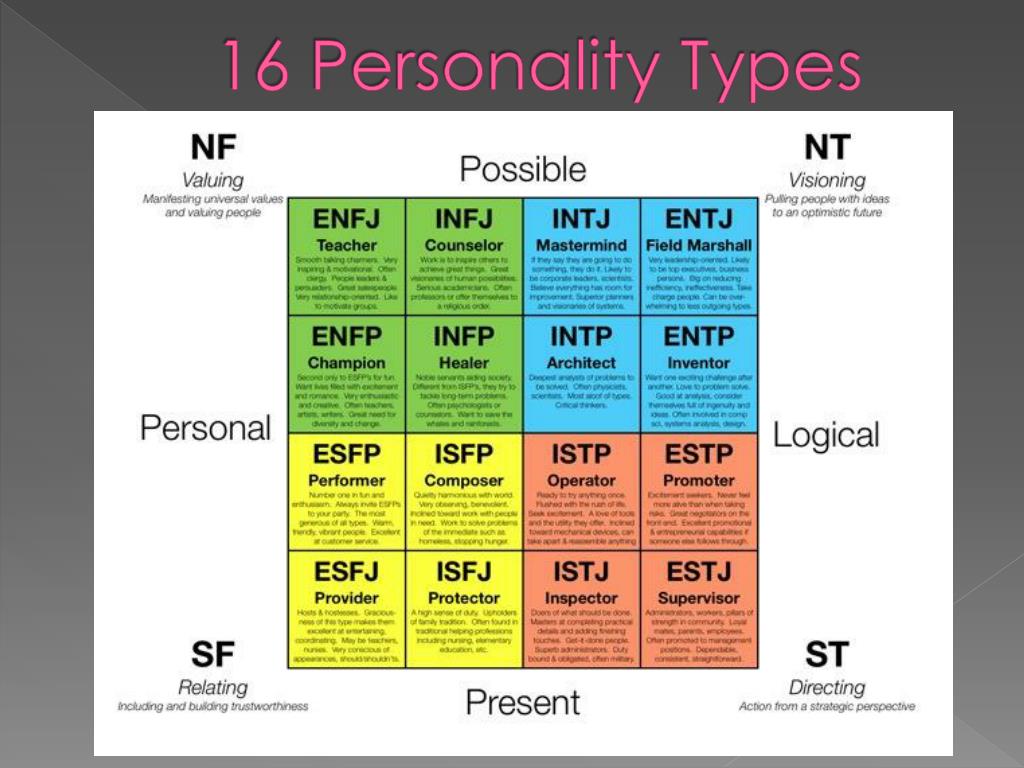
- Hunt for discounts to capitalize on price differentials.
- They like individual offers, which is not the case with general directories.
- Have a budget that is approved by their customers.
- Tend to negotiate in the office.
- Prefer electronic versions of catalogs that can be corrected.
Advice to manager: These buyers are limited by their obligations to their customers, so delivery times are very important to them. You need to convince them that the goods will arrive on time. In this case, you really need to make every effort to ensure that the delivery is not delayed.
The most uncomfortable types of clients
There are people who can spend a lot of your time and effort and never buy a product. Do not immediately blame yourself, because there are various types of clients who are not going to cooperate in principle:
- Aggressor . We are talking about a person who is trying to demonstrate his dominance everywhere.
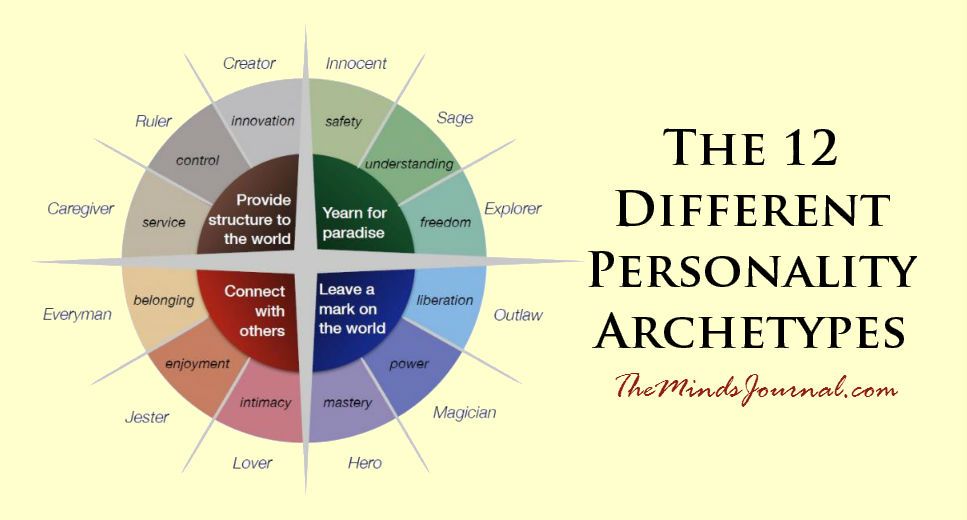 It is difficult to understand how he will behave in the next second. If he is confident in the correctness of his own opinion, then there is no point in giving counterarguments. You can only successfully deal with aggressors if you have the patience and experience to do so. However, even this will not bring results if such a person is not disposed to buy.
It is difficult to understand how he will behave in the next second. If he is confident in the correctness of his own opinion, then there is no point in giving counterarguments. You can only successfully deal with aggressors if you have the patience and experience to do so. However, even this will not bring results if such a person is not disposed to buy. - Egocentrist . They can be calculated by the manner of conducting a dialogue - they are trying to tilt the conversation towards their person, to talk about personal achievements. These buyers may not have any interest in your products, often they just need to feel recognized.
- Critic . A very difficult type of client. Such a buyer will immediately begin to highlight the cons of the product, without even waiting for the end of the presentation. If the flaws are not found, then the critic can begin to correct the script, the price level, the methods of the sellers, etc. If he nevertheless agrees to buy the goods, then, most likely, he will put forward unfavorable conditions for the manager.
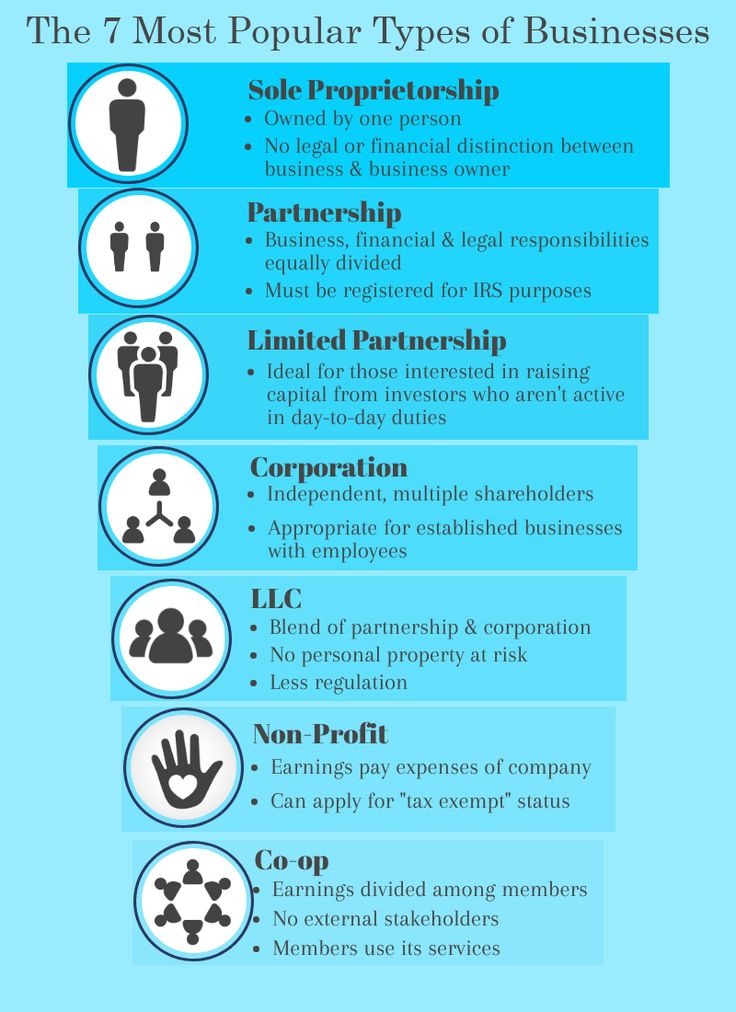
5 criteria for prospective clients
John Paul Mendo is a billionaire who is very knowledgeable in the gambling business. At some point, he realized all the risk that awaits him on the path of a professional player. John moved to another state and plunged headlong into sales. The experience that was accumulated in gaming establishments made him understand that, first of all, he should figure out who is really ready to make a purchase. This allows you not to waste time.
The result of his search was a system called The 5 Power Disqualifiers. John listed 5 signs by which you can figure out people who have both the desire and the ability to make a purchase.
- They have enough funds to pay
Everything is simple here: it makes no sense to offer a product to a client if he does not have money to buy. However, in some cases, you can offer a loan, installment plan, mortgage, leasing. All this allows you to sell goods to those who do not have the right amount in their pocket.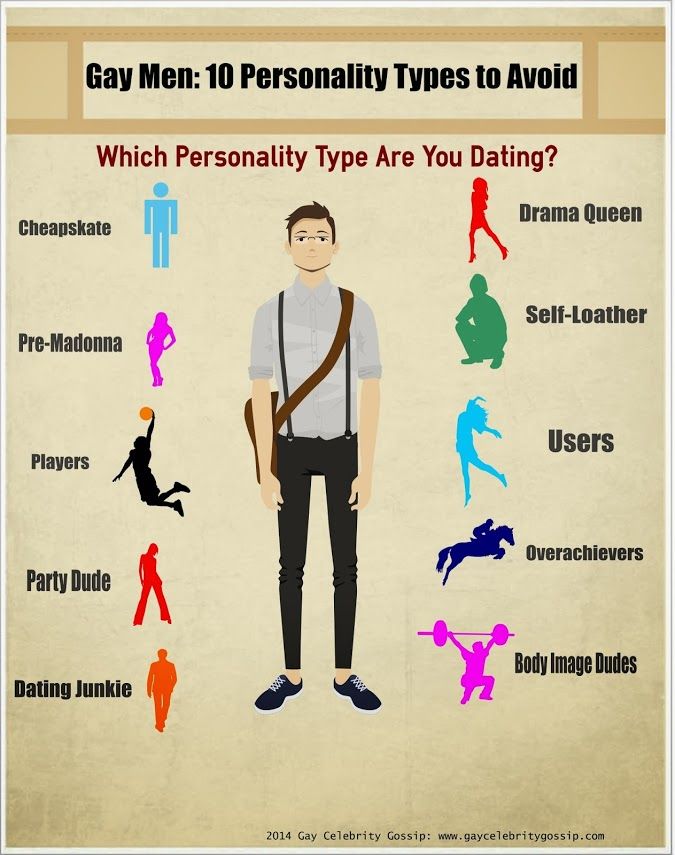
In addition, you can actively advertise expensive goods in order to interest more affluent people.
- They have a problem that needs to be fixed as soon as possible
People are most motivated to buy when they experience this or that pain. We are talking about the threat to life, health, convenience of existence, as well as unmet needs. In order to get in touch with loved ones, we buy phones; in order to quickly reach our destination, we order a taxi, etc. But there is another source of motivation - the desire for pleasure (when the basic needs are already closed).
This includes, for example, attractions, extreme sports, casinos. All this is not a vital necessity, but people still leave large sums because they want to get a pleasant emotional experience.
But the strongest incentive to buy is precisely "pain". In addition, work in this area is much more stable, since people cannot help but feel the need for food, clothing, hygiene items, etc.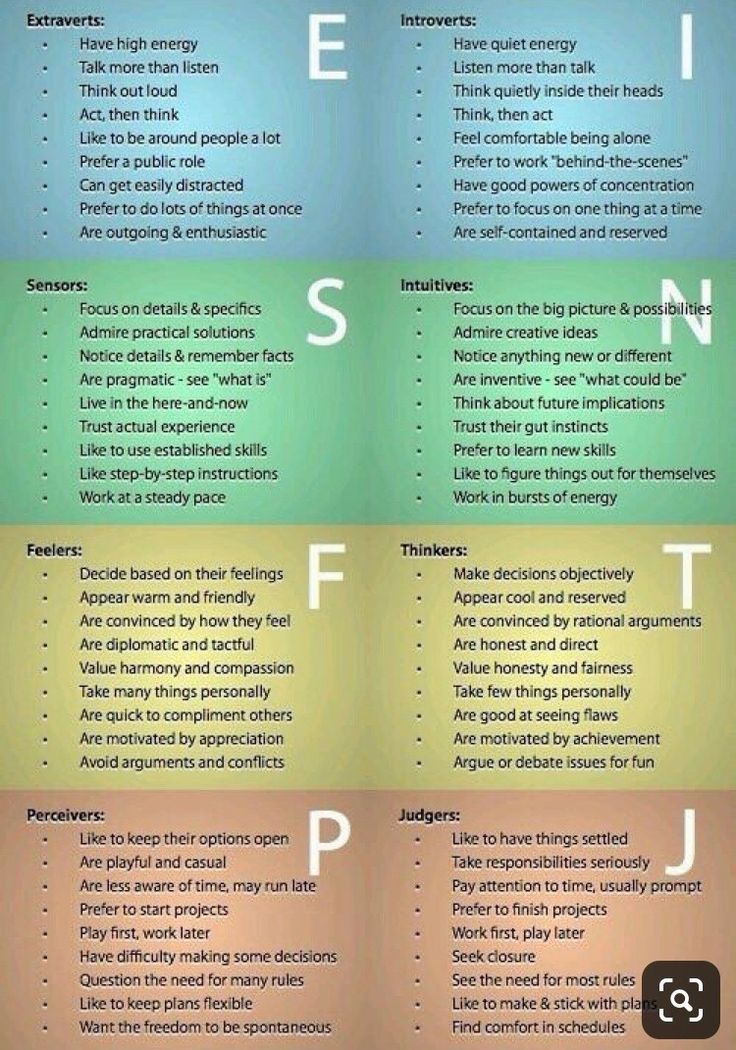
- They are interested in your USP
Strong competition can prevent you from attracting customers. If you want to win the battle for buyers, you need to put yourself in the place of your target audience and understand what needs to be done with the product in order to put other market participants on the shoulder blades. This is what is called a unique selling proposition. To do this, answer the following questions:
- Why is your product better than similar products of competitors?
- What benefits will be available to the client if he chooses you?
- What non-standard can you offer consumers in terms of service, guarantees, bonuses, etc.?
Your offer must be of interest to potential customers. In addition, buyers should not be disappointed after the purchase.
- They have the power to make purchasing decisions
This feature is important for b2b. In this area, it often happens that one employee is responsible for preparing the transaction and finding a seller, and another for making a purchase decision.